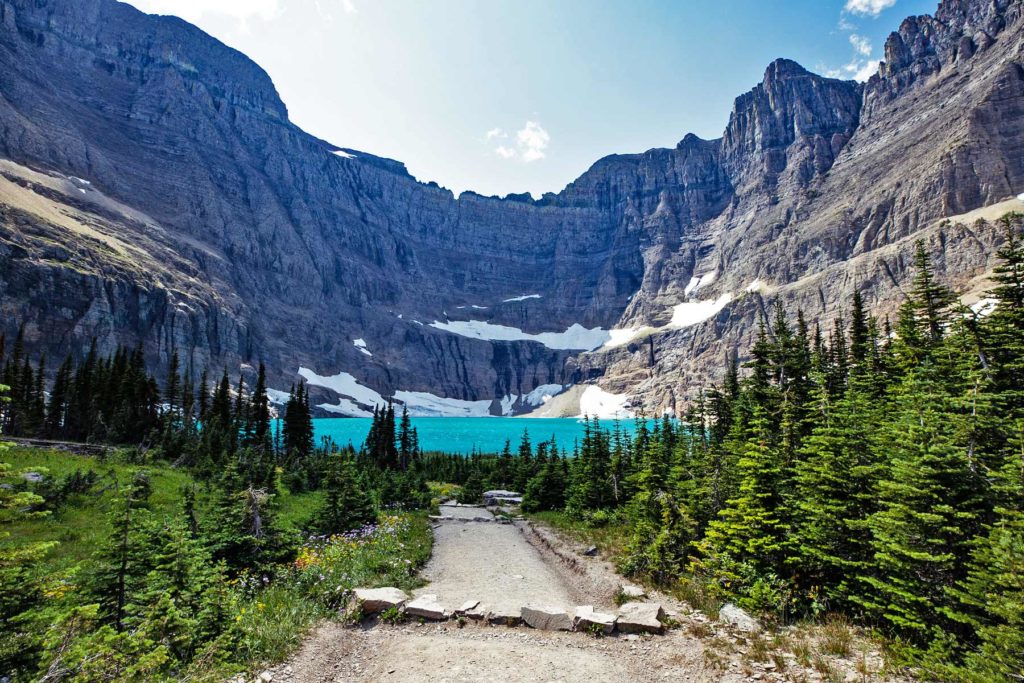
Article Summary: Historic Sites In Montana
Historic Sites In Montana. More Than Just Parks has 15 incredible must-see sites for you to visit.
I’ve been to so many of these amazing places since retiring from teaching in 2018. Did I mention that I taught history? I spent a lifetime teaching about the history behind these momentous sites. Then I got to see them firsthand. And now I’m sharing the stories of these incredible places with you. It doesn’t get any better than that!
I’m going to give you my list of the 15 Historic Sites In Montana that you’ll want to see.
To be clear, this list includes national park sites (as in sites managed by the National Park Service) as well as national parks. It also includes sites not managed by the National Park Service. After all, we’re more than just parks!
If you’re planning a trip to Big Sky Country then one book that I highly recommend is: Ghost Towns of Montana: A Classic Tour Through The Treasure State’s Historical Sites by Shari Miller.
Without further ado, let’s dive in!
Table Of Contents: Historic Sites In Montana
Top 15 Historic Sites In Montana
15. Great Northern Railway Buildings

Montana is most famous for its natural beauty, diverse wildlife, and abundance of natural mineral resources. That is why it is called the “Treasure State”.
And More Than Just Parks is excited to share our list of the Top 15 Historic Sites In Montana with you. We’re kicking off our list at #15 with the Great Northern Railway Buildings.
The Great Northern Railway Buildings in Montana are a group of historic buildings located in the town of Shelby, Montana. The buildings were constructed between 1916 and 1923 by the Great Northern Railway, which was one of the major railroads in the western United States during the late 19th and early 20th centuries.
The Great Northern Railway Buildings in Shelby were built to serve as a major division point on the company’s transcontinental line. The buildings include a large brick roundhouse, a two-story brick freight warehouse, a sand tower, a coal chute, and several smaller structures.
The roundhouse, which is the centerpiece of the complex, features 12 stalls for servicing locomotives, as well as a large turntable that allowed engines to be rotated for maintenance and repair.
The Heyday Of The Railroad Era
During the heyday of the railroad era, the Great Northern Railway Buildings in Shelby were a bustling hub of activity, with trains coming and going around the clock. The complex played a key role in the transportation of goods and people across the western United States, and it helped to establish Shelby as an important railroad town.
Over time, the decline of the railroad industry led to a decrease in activity at the Great Northern Railway Buildings in Shelby. The complex was eventually abandoned and fell into disrepair. However, in the 1990s, a group of local residents formed the Great Northern Railway Depot Preservation Society and began efforts to restore and preserve the historic buildings.
Today, the Great Northern Railway Buildings in Shelby have been fully restored and are listed on the National Register of Historic Places. The complex serves as a museum and interpretive center, offering visitors a glimpse into the history of the railroad industry in Montana and the western United States.
14. Fort Benton Historic District

At #14 on our list of the Best Historic Sites In Montana is a historic district that encompasses a collection of historic buildings and structures. Welcome to Fort Benton Historic District.
Fort Benton was established in 1846 as a trading post by the American Fur Company, and it quickly became a major hub for the fur trade in the region. In the 1860s, the town emerged as an important transportation center, as steamboats began navigating the Missouri River and connecting Fort Benton to other settlements and markets throughout the western United States.
As Fort Benton grew, a number of historic buildings and structures were constructed to serve the town’s burgeoning economy. These included warehouses, saloons, hotels, banks, and other commercial buildings, many of which were built in a distinctive “Western Commercial” architectural style.
It’s A National Historic Landmark
Over time, the fortunes of Fort Benton declined as railroads began to supplant river transportation as the primary means of moving goods and people. However, many of the historic buildings in the town were preserved, and in 1961, the Fort Benton Historic District was established as a National Historic Landmark.
Today, the Fort Benton Historic District is a popular tourist destination, offering visitors a glimpse into the history of the American West.
The district includes a number of well-preserved historic buildings and landmarks, including the Grand Union Hotel, the Masonic Temple, and the Fort Benton Bridge, which was the first bridge built across the Missouri River in Montana.
The district also hosts a number of annual events and festivals that celebrate the town’s history and heritage, including the Fort Benton Summer Celebration and the Missouri River Breaks Fall Festival.
13. Pompey’s Pillar National Monument

Our next historic site honors one of the members of the famed Lewis & Clark Expedition. At #13 on our list of the Best Historic Sites In Montana is Pompey’s Pillar National Monument.
Pompey’s Pillar National Monument is located in south-central Montana, near the town of Billings. The monument is named after Pompey, a member of the Lewis and Clark Expedition who left his mark on the sandstone pillar during the expedition’s journey across the western United States in 1806.
Pompey’s Pillar is a natural sandstone formation that rises 150 feet above the surrounding landscape. The pillar is notable for the hundreds of inscriptions that have been carved into its surface over the years, including the signature of William Clark, co-leader of the Lewis and Clark Expedition, who carved his name into the stone on July 25, 1806.
A Popular Landmark For Travelers & Settlers
After the expedition, Pompey’s Pillar remained a popular landmark for travelers and settlers in the region.
In 1873, the Northern Pacific Railroad built a spur line to the site, and a station was established nearby. The site also became a popular spot for picnics and outdoor recreation.
In the 1930s, efforts began to preserve Pompey’s Pillar as a historic landmark. The site was designated a national monument in 1965, and the surrounding area was protected as a wilderness study area in 1983.
Today, Pompey’s Pillar National Monument is managed by the Bureau of Land Management and is open to the public year-round.
Visitors to Pompey’s Pillar can view the historic inscriptions on the stone, as well as exhibits that explore the history and culture of the region. The monument also offers a variety of outdoor recreation opportunities, including hiking, picnicking, and wildlife viewing.
12. Virginia City Historic District

We move from a pillar which celebrates Lewis & Clark to a historic district which honors the gold rush era. At #12 on our list of the Best Historic Sites In Montana is the Virginia City Historic District.
The Virginia City Historic District is located in the town of Virginia City, Montana. The district is a well-preserved example of a gold rush-era mining town, with many of its original buildings and structures still intact.
The history of Virginia City dates back to 1863, when a group of prospectors discovered gold in Alder Gulch, a nearby stream. The discovery sparked a massive gold rush, and soon thousands of miners and settlers flooded into the region in search of their fortunes.
As the gold rush intensified, Virginia City emerged as a major center of commerce and trade in the region. The town boasted numerous businesses, including saloons, hotels, general stores, and banks, and it was home to a thriving community of miners and entrepreneurs.
Despite the town’s rapid growth and prosperity, Virginia City was also the site of many of the harsh realities of life in a mining town. The area was plagued by violence, disease, and exploitation, and many of the miners and settlers who came to Virginia City found only disappointment and hardship.
It’s A National Historic Landmark
Over time, the fortunes of Virginia City waned, as the gold deposits in the area became depleted and the town’s population began to decline. However, many of the historic buildings and structures in the town were preserved, and in 1961, the Virginia City Historic District was established as a National Historic Landmark.
Today, the Virginia City Historic District is a popular tourist destination, offering visitors a glimpse into the history and culture of the American West during the gold rush era.
The district includes a number of well-preserved historic buildings and landmarks, including the Montana Territory Capitol Building, the Virginia City Opera House, and the Bovey Restorations, which offer visitors a chance to see how historic buildings are preserved and restored.
The district also hosts a number of annual events and festivals, including the Virginia City Players’ summer theater series and the annual Virginia City Grand Victorian Ball.
11. Pictograph Cave State Park

There’s history and then there’s history. Our next historic site is home to a collection of prehistoric rock art sites, including pictographs and petroglyphs, that date back thousands of years. Welcome to Pictograph Cave State Park.
Pictograph Cave State Park is located in south-central Montana, near the city of Billings.
The history of the park’s rock art sites dates back to the prehistoric era, when the area was home to a number of indigenous cultures. Archaeologists believe that the caves were used by these cultures as shelter and as sites for spiritual and ceremonial practices.
The rock art at Pictograph Cave includes images of animals, humans, and geometric patterns, as well as abstract symbols that have yet to be fully understood. The art was created using a variety of materials, including charcoal, ochre, and clay.
In the early 20th century, the caves at Pictograph Cave were discovered by white settlers, who began exploring the area and removing some of the rock art for personal collections. In the 1930s, the caves were purchased by the state of Montana and were eventually designated as a state park.
Today, Pictograph Cave State Park is managed by the Montana Department of Fish, Wildlife & Parks and is open to the public year-round. The park offers visitors the opportunity to view the historic rock art sites, as well as exhibits that explore the history and culture of the area’s indigenous peoples.
In addition to the rock art, Pictograph Cave State Park also offers a variety of outdoor recreation opportunities, including hiking, wildlife viewing, and picnicking. The park’s location near the city of Billings makes it a popular destination for both tourists and locals alike.
Top 10 Historic Sites In Montana
10. Lewis & Clark National Historic Trail
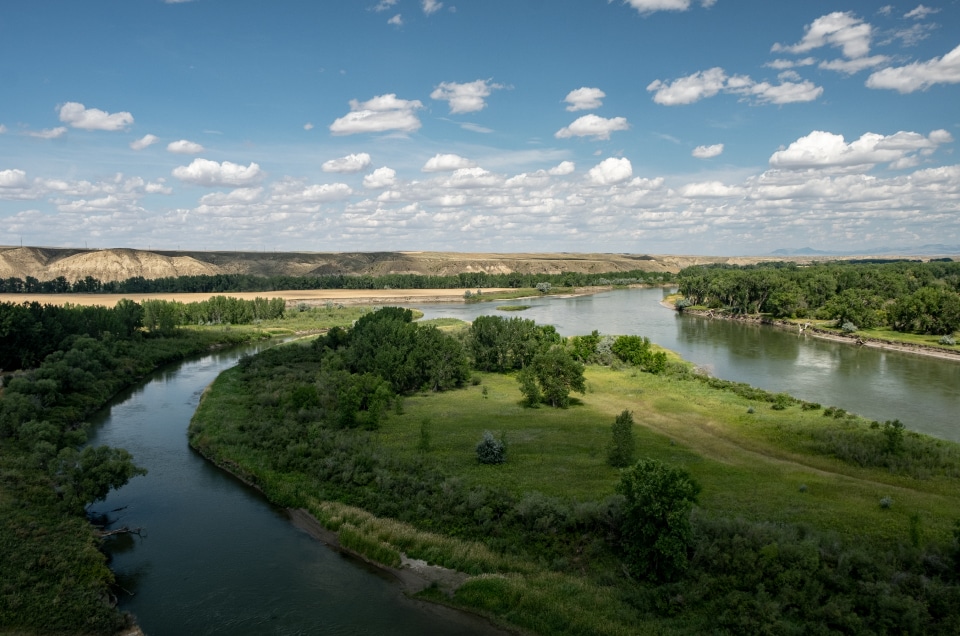
We’re on to the Top 10 Historic Sites In Montana. At #10 is a national historic trail which celebrates the outbound and inbound routes of the Lewis and Clark Expedition. It’s the Lewis and Clark National Historic Trail.
Commemorating the Lewis & Clark Expedition (1804-06), the Lewis & Clark Trail connects 16 states (Pennsylvania, Ohio, West Virginia, Kentucky, Indiana, Illinois, Missouri, Kansas, Nebraska, Iowa, South Dakota, North Dakota, Montana, Idaho, Washington and Oregon).
This trail is administered by the National Park Service. It’s not a hiking trail, but does provide opportunities for hiking, boating and horseback riding at many locations along the route.
It’s a great opportunity to see the USA while learning about the brave men (and one woman) who weren’t able to make the journey in an air-conditioned SUV.
What Can I See In Montana That’s Connected To This Historic Trail?
I’m so glad you asked. After all, our focus in this article is on Montana.
Believe it or not, the Lewis and Clark route covered more miles in Montana than any other state.
The campsite at Slaughter River was used by the Corps of Discovery on both legs of their journey through Montana. Today, Lewis and Clark’s Slaughter River is known as Arrow Creek.
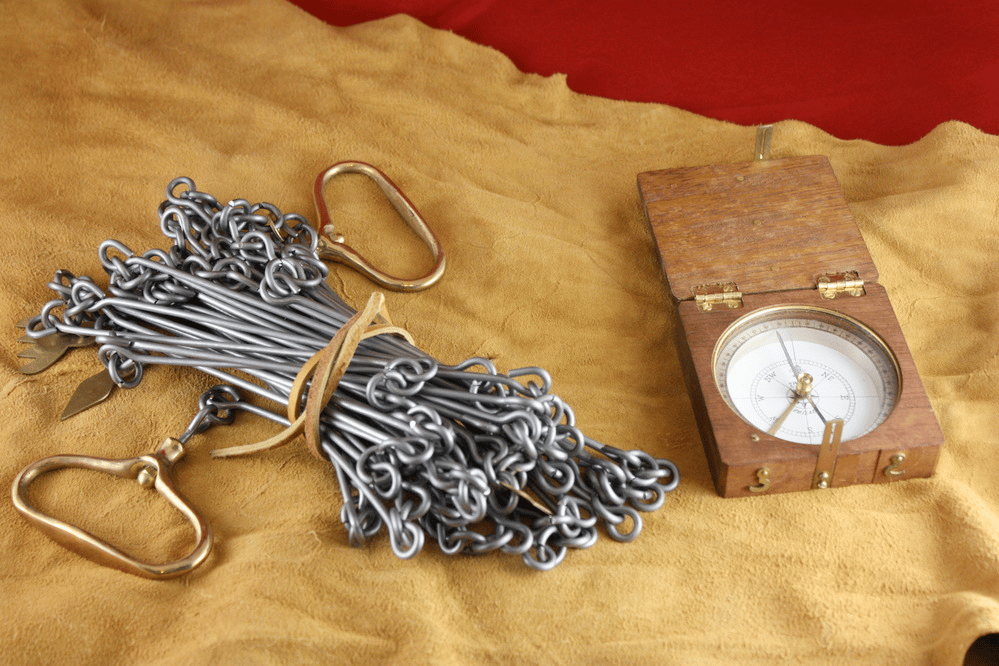
It’s located within the Upper Missouri River Breaks National Monument in Lewistown, Montana.
The camp includes a shelter and two outhouses. It’s a great place to visit in Montana while you retrace their historic route.

Undaunted Courage | Lewis & Clark
Before setting out on your adventure, I highly recommend reading Stephen Ambrose’s Undaunted Courage.
There’s nothing like reading about their amazing story and the incredible hardships they faced to put you in the mindset of Lewis and Clark as get you ready for your own adventure.
RELATED: 45 Best National Parks Books (Great Gifts For Parks Lovers)
9. Ice Age Floods National Geologic Trail
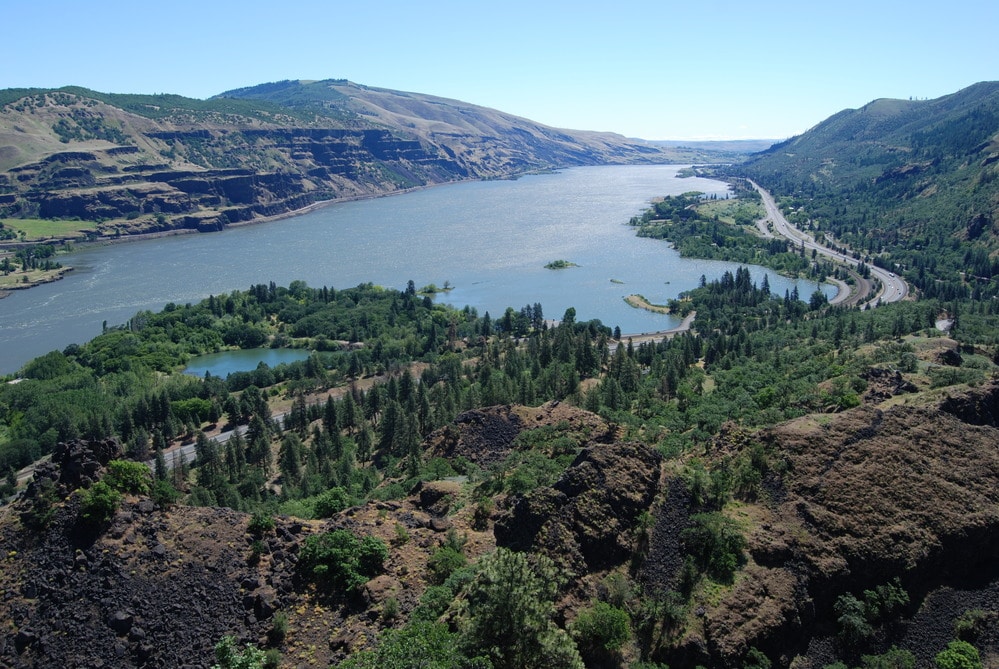
Our next site is a geologic wonder. At #9 on our list of the Best Historic Sites In Montana is the Ice Age Floods National Geologic Trail.
Ice Age Floods National Geologic Trail tells the incredible story of how some of our most amazing natural wonders were formed. It’s a region with a variety of places and activities for people of all ages to enjoy.
An Amazing Geological Story
The Ice Age Floods National Geologic Trail is a unique and significant geological feature located in the Pacific Northwest region of the United States, including parts of Montana, Washington, and Idaho.
The trail is a network of sites that showcase the evidence of massive flood events that occurred during the last ice age, over 15,000 years ago. These floods were caused by the sudden release of water from glaciers and resulted in massive and dramatic changes to the landscape, including the creation of many of the region’s distinctive geological features.
The Ice Age Floods National Geologic Trail offers visitors the opportunity to explore the region and learn about the history of these powerful flood events, as well as the geological forces that shaped the landscape over time.
The trail includes a variety of sites, including scenic vistas, geological formations, and interpretive centers, which provide information and educational opportunities for visitors of all ages and backgrounds.
Whether you’re a geologist, a history buff, or simply someone who loves to explore the great outdoors, the Ice Age Floods National Geologic Trail is a must-visit destination.
There Are Some Wonderful Museums To Visit
There are some wonderful museums for you to visit to learn more about this amazing story. They include the following:
- Idaho-Museum of North Idaho, 115 Northwest Blvd, Coeur d’Alene, ID 83814, (208) 664-3448Montana-Montana Natural History Center, 120 Hickory St # A, Missoula, MT 59801, (406) 327-0405
- Oregon-Columbia Gorge Discovery Center, 5000 Discovery Drive, The Dalles, OR 97058, (541) 296-8600
- Washington-Columbia Gorge Interpretive Center, 990 SW Rock Creek Drive, Stevenson, WA 98648, (509) 427-8211
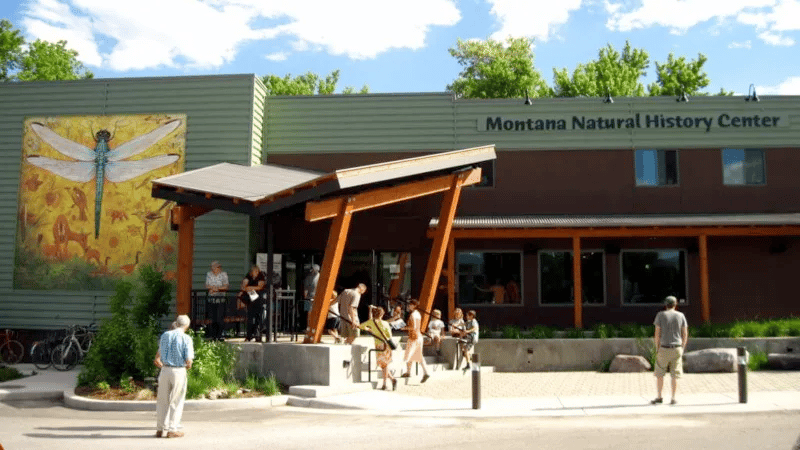
CHECK OUT: 25 Bucket List Famous Landmarks In America (MUST-SEE)
8. Grant-Kohrs Ranch National Historic Site
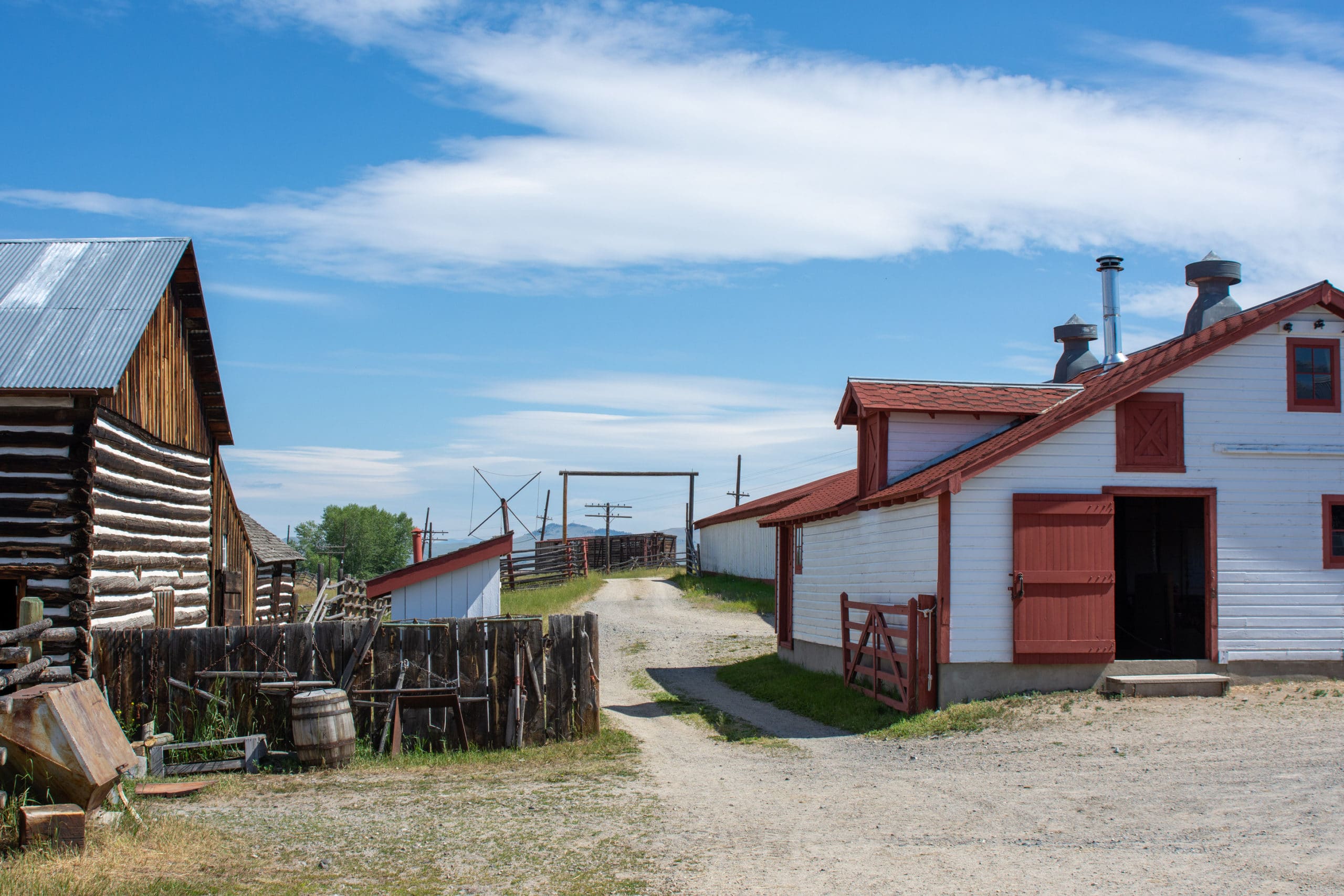
Our next historic site celebrates the history of the men and women who played an integral role in the booming cattle industry.
At #8 on our list of the Best Historic Sites In Montana is the Grant-Kohrs Ranch National Historic Site.
The Legacy Of The Grants & The Kohrs
Dreams of wealth first lured the cattle men to Montana. The range was open and unfenced, and they could fatten their cattle on the lush grass and push on to new pastures when the old areas were overgrazed.
By 1885, cattle raising was the biggest industry on the High Plains. Investors and speculators rushed to get in on the action.
As ranches multiplied and the northern herds grew, there came a predictable consequence: overgrazing.
This and the fierce winter of 1886-87 caused enormous losses, estimated at one-third to one-half of all the cattle on the northern plains.
Theodore Roosevelt
One of those forced to liquidate his holdings was a young Theodore Roosevelt whose ranch was in North Dakota.
One of my favorite books is about Roosevelt’s time in the Badlands. It’s appropriately titled: Theodore Roosevelt in the Badlands and a great read.
Many cattlemen never recovered. I just snuck in another history lesson. But it didn’t hurt, did it?
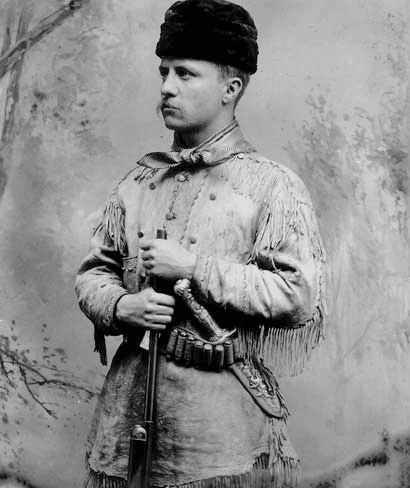
CHECK OUT: 10 AMAZING Facts About Badlands National Park
The Open Cattle Range Industry Didn’t Last
The open-range cattle industry lasted only three decades. Unfortunately, few of its pioneering men and women who made their fortunes are remembered today.
From their humble beginnings, this business has evolved into the more scientific ranching of today, with its own risks and uncertainties.
That is the legacy of the Grants and the Kohrs, whose pioneer ranch, complete with original furnishings, is a reminder of an important chapter in the history of the West. (Source: NPS)
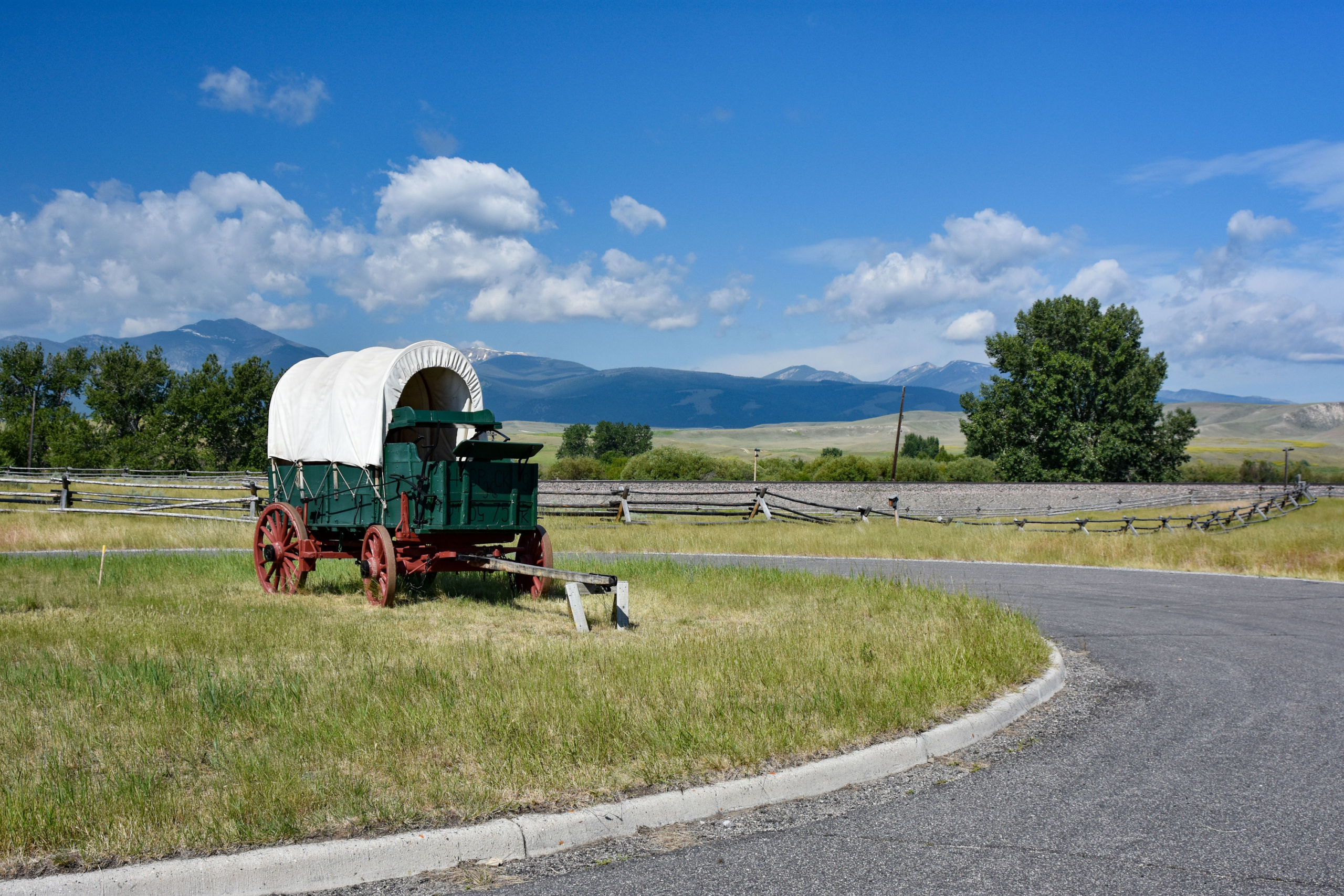
Things To Do | Grant Kohrs Ranch
You can see how the cowboys lived at the Grant Kohrs Ranch. There’s a self-guided tour of the bunkhouse and the working ranch.
Remember, it’s a working ranch. This means you’ll be able to see today’s cowboys carrying on an old and proud tradition. You will need to be careful, however, as you won’t want to get in harm’s way.
You might see a team of horses waiting for a harness in the barn, or a cowboy riding out to check the herd. I cannot overemphasize the importance of being aware of your surroundings.
I want you to be able to safely explore the ranch as opposed to telling your friends about your trip to the Emergency Room and how many stitches they had to put in your head.
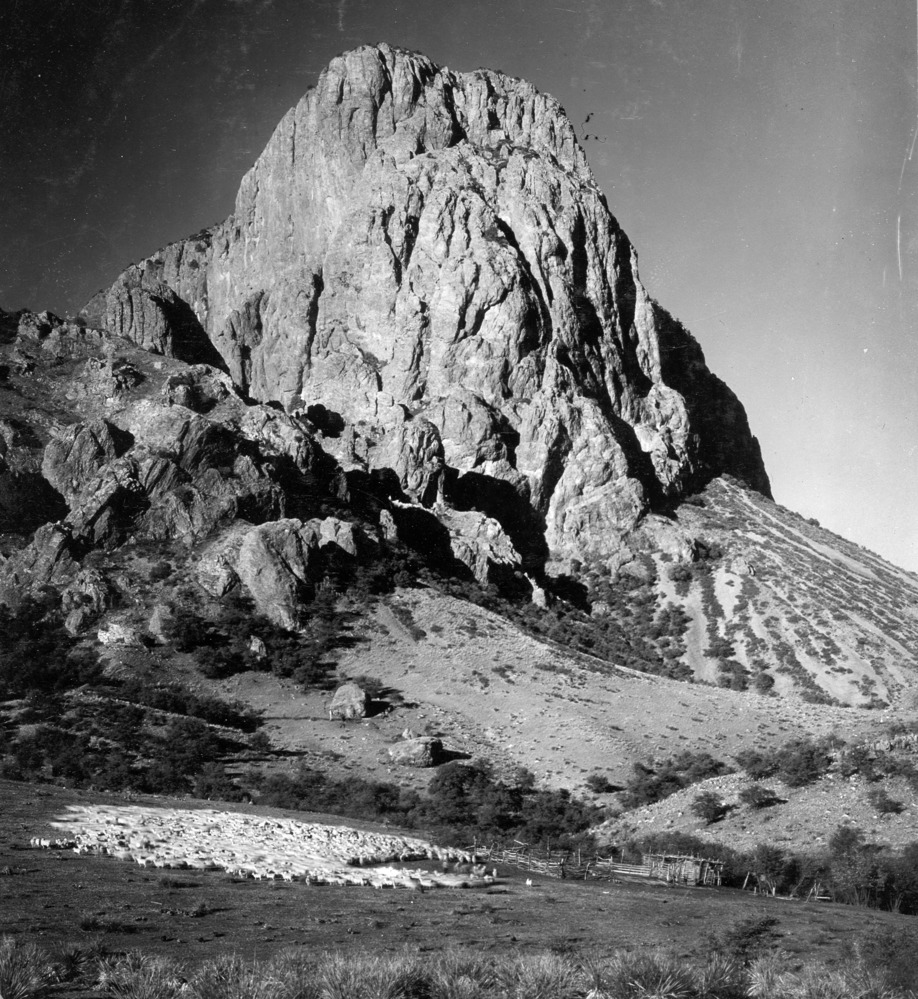
Check Out: 25 BUCKET-LIST Famous Landmarks In America (MUST-SEE)
Tour The Ranch House At Grant Kohrs
The Ranch House was built by Johnny Grant in 1862. You can take a guided tour which offers a unique look into the lives of both of the families. Visitors can see how they lived through viewing their original furnishings and personal items.
There’s also a Wagon Tour which will take you around the ranch. You’re actually hitched up to a team of horses and it doesn’t get any better than that.

CHECK OUT: 6 Missouri National Parks Worth A Stop On Your Next Midwest Road Trip
7. Fort Union Trading Post National Historic Site
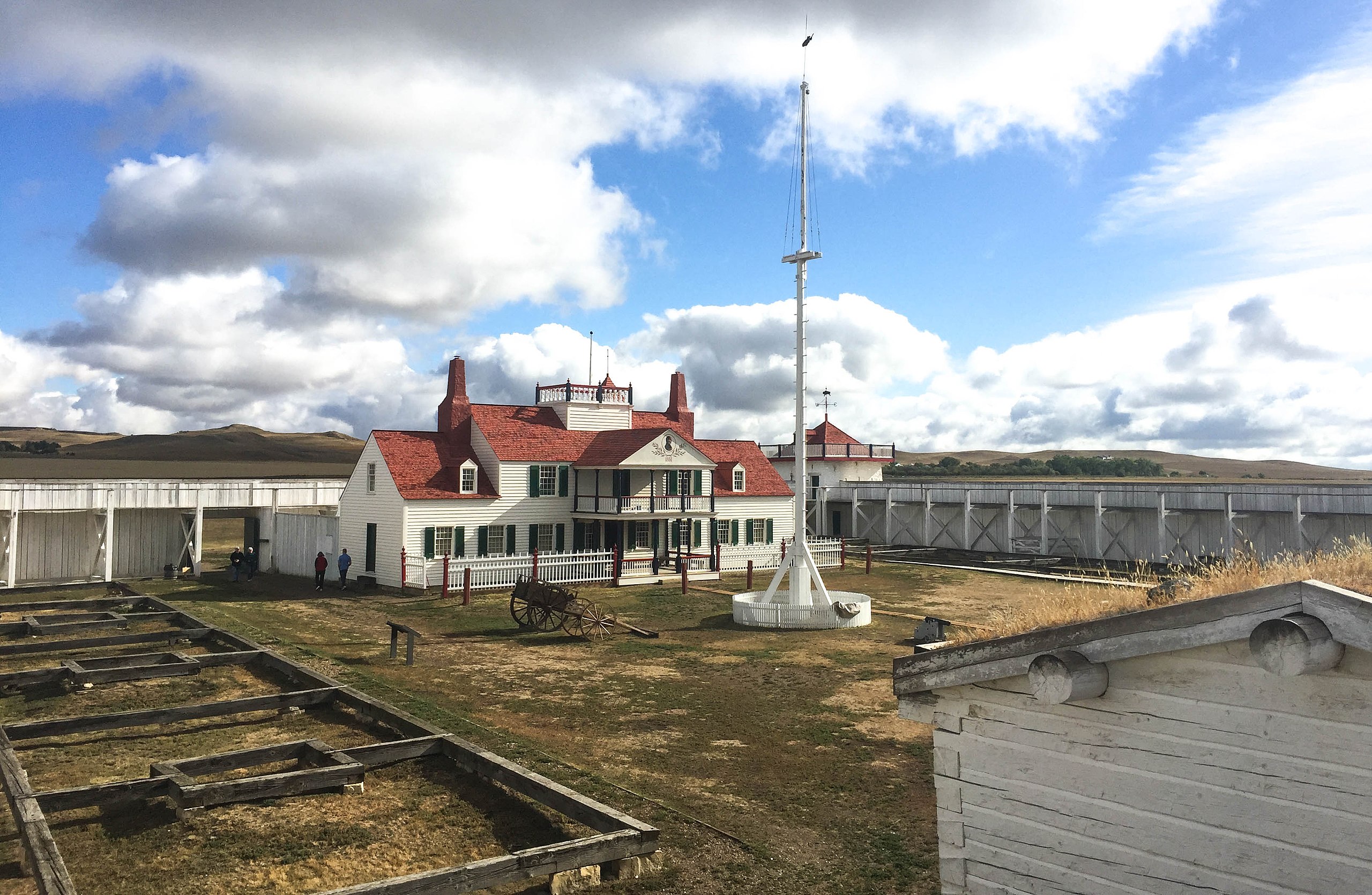
If you love military history then you’ll enjoy our next site. At #7 on our list of the Best Historic Sites In Montana is Fort Union Trading Post National Historic Site.
The Fort Union Trading Post National Historic Site is a part of America’s past.
It’s a historical reconstruction of one of the most important fur trading posts on the Upper Mississippi.
I recommend beginning your trip by watching a wonderful film about the Fort Union. During its 39 years of existence, from 1828 to 1867, it was a center of economic and social exchange between Northern Plains Tribes and other cultures.
You come away from this film with an understanding that this was no ordinary post. It was the most important post of its time.
The film is only 9-minutes long and you can see in the Bourgeois House Visitor Center Museum’s video kiosk during regular open hours. It’s worth it.
Fort Union’s Trade House
You have a wonderful opportunity to travel back in time with a visit to Fort Union’s Trade House. A costumed Park Ranger will explain how this place was the fort’s most important building.
I have to give these incredible Park Rangers a shout out. Not only are they friendly and helpful, but they get dressed up in these amazing costumes and go all out to make you believe they were actually there back in the day.
Trading was the name of the game back in the day. American Fur Company Traders and the fort’s tribal trade partners, the Assiniboine, Crow, Blackfeet, Plains Cree, Plains Ojibwa, Mandan, Hidatsa, Arikara, Lakota, and others, all entered this space for one purpose, the act of trade.
So it was more than just a store on the Upper Missouri River.
The Trade House was where diplomatic negotiations transpired, families reconnected, stories were shared, and feasts were held. It was truly a happening place.
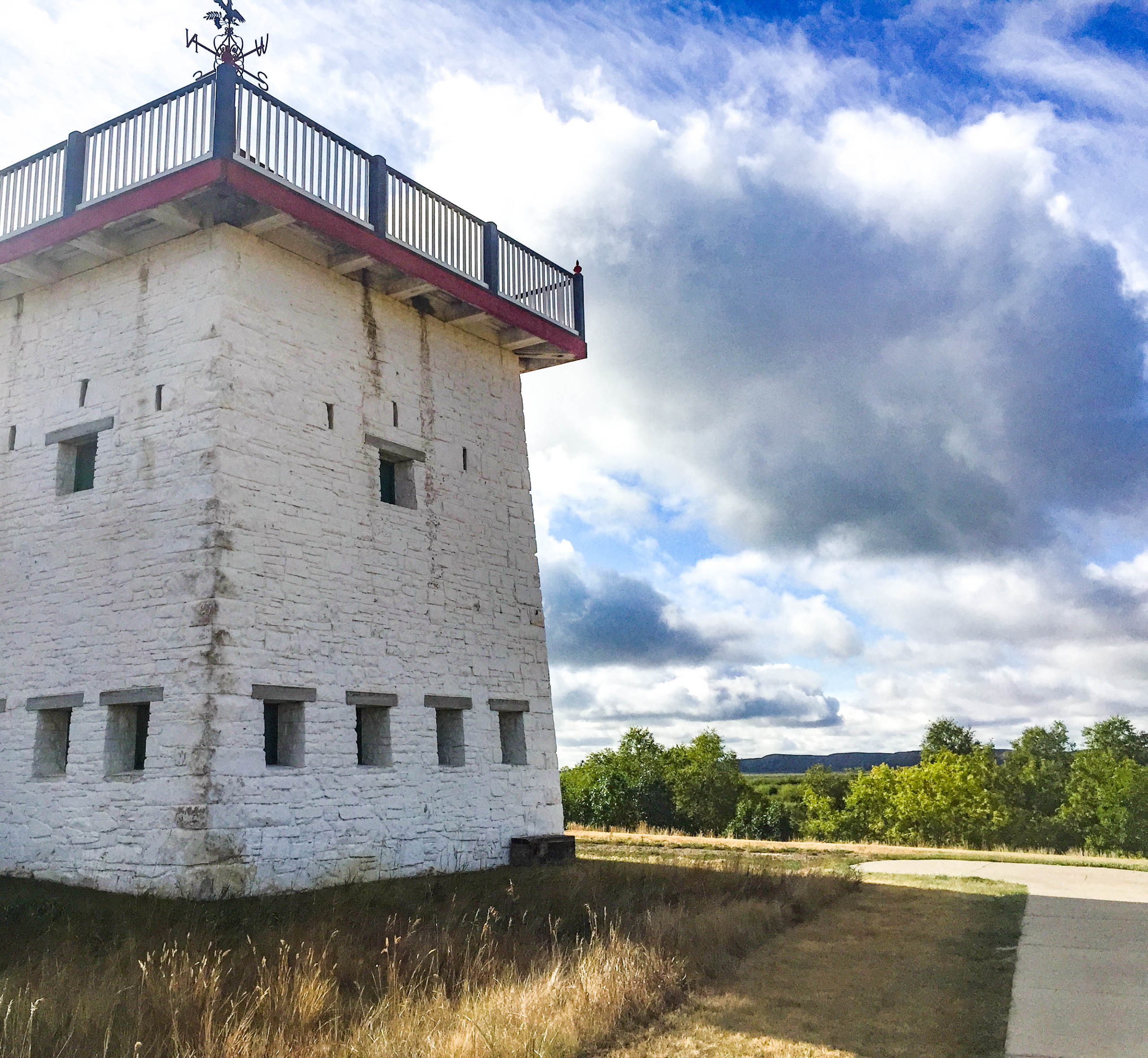
There’s A Wonderful Bookstore & Gift Shop Too
So many books, so little time. I enjoy researching and writing articles for the Pattiz Brothers who happen to be my sons. And the best part of all is that they pay me in books! It works for them and it works for me.
The only one it doesn’t work for is my wife who tells me that we’re running out of bookshelves, but I digress . . .
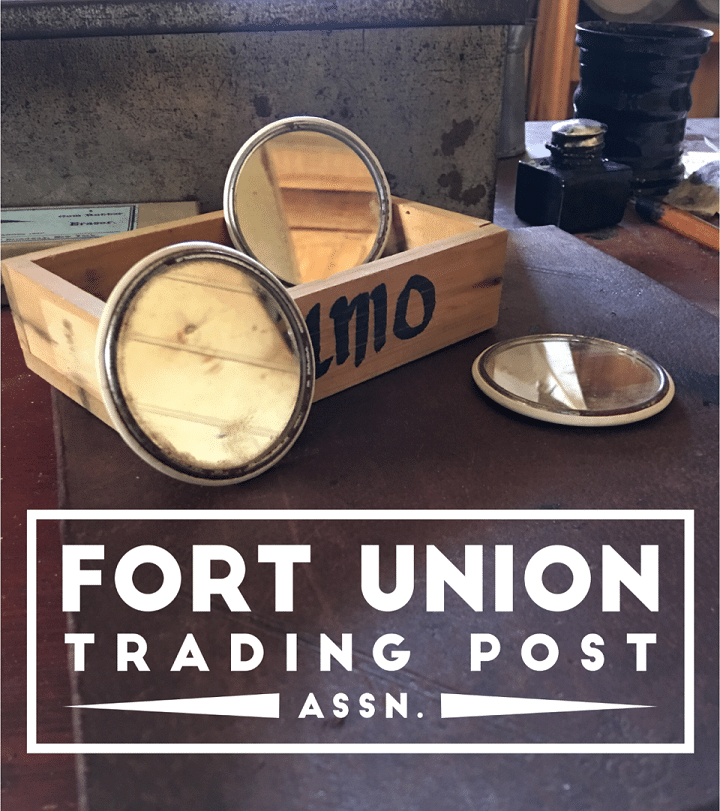
RELATED: 45 Best National Parks Books (Great Gifts For Park Lovers)
6. Bannock Ghost Town
Our next historic site in Montana is not just for Halloween. It’s Bannock Ghost Town.
Bannack has its roots in the second half of the nineteenth century: it was the first town in this state where the search for gold took place. Shortly after Gold was discovered in Grasshopper Creek, the city of Bannock, Montana was founded to house all the folks who arrived seeking their fortune.
It was considered such an important center that two years later it was named the capital of Montana, reaching 3000 inhabitants. When the gold mines ran out, the fame of Bannack also declined, but it remained alive and well until 1970, when the last resident died.
Although it’s just one of many towns in Montana that were abandoned after the gold rush, Bannock has been somewhat maintained; by turning it into a state park, it has the benefits of both stewards and a budget to help prevent its decay.
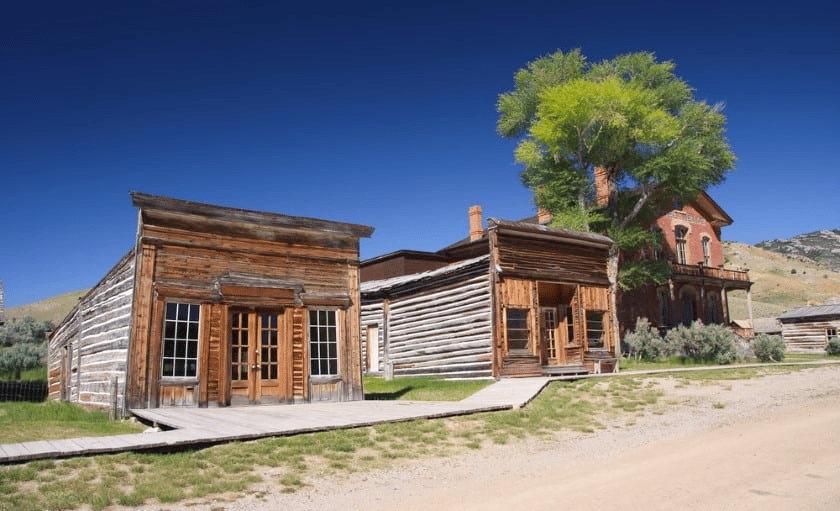
CHECK OUT: 10 MUST-SEE Historic Sites In Oklahoma
The Top 5 Historic Sites In Montana
5. Big Hole National Battlefield
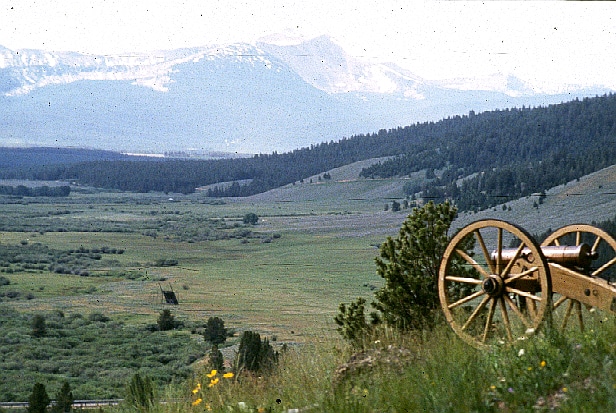
We’re on to the Top 5 Historic Sites In Montana. At #5 on our list is Big Hole National Battlefield.
The Big Hole National Battlefield is located in southwestern Montana, near the town of Wisdom. The site is the location of a significant battle between the Nez Perce Indians and the United States Army in 1877.
In 1877, the Nez Perce tribe was forced to flee their ancestral homeland in present-day Oregon, following a series of conflicts with the U.S. government over land and resources. The tribe embarked on a 1,200-mile journey towards Canada, hoping to escape persecution and find a new home.
Along the way, the Nez Perce encountered a number of U.S. Army units, and a series of skirmishes and battles ensued. One of the most significant of these battles took place at Big Hole, where a group of Nez Perce were camped in a meadow near the Big Hole River.
On August 9, 1877, a force of over 700 U.S. Army soldiers attacked the Nez Perce camp, hoping to capture or kill the tribe. The Nez Perce fought back fiercely, and the battle raged for several hours. By the time it was over, dozens of Nez Perce had been killed, including many women and children.
An Important Symbol Of Native American Resistance
Despite their losses, the Nez Perce were able to regroup and continue their journey northward. They were eventually intercepted by U.S. forces and forced to surrender, but their heroic resistance at Big Hole became an important symbol of Native American resistance to U.S. expansion and oppression.
In 1910, the site of the Big Hole battle was designated as a national monument, and in 1978, it was re-designated as the Big Hole National Battlefield.
Today, the site is managed by the National Park Service and is open to the public year-round. Visitors can view the battlefield and explore exhibits and interpretive programs that explore the history and culture of the Nez Perce tribe and their struggle for survival and freedom.
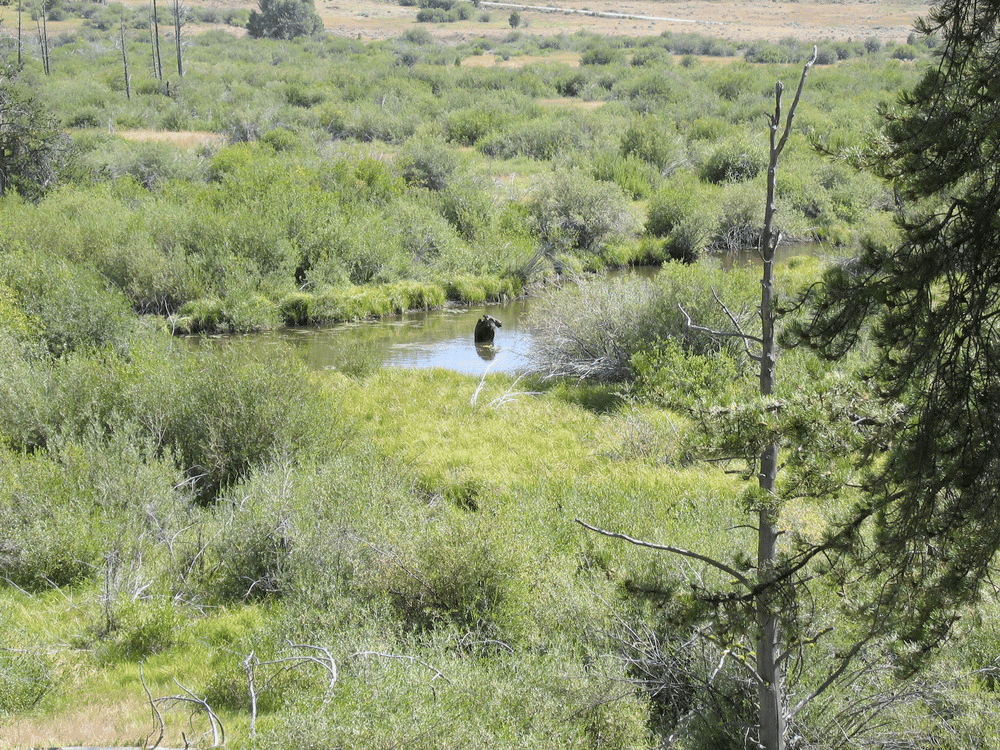
IF YOU LOVE HISTORY THEN CHECK OUT: 10 BEST Civil War Sites In America
Explore The Battlefield Trails At Big Hole
There are three trails open from sunrise to sunset daily year-round. The Nez Perce Camp Trail leads to the site where the sleeping Nez Perce were camped when the army attacked on the morning of August 9, 1877.
The trail is a 1.6 miles round-trip walking trail with no elevation gain. Hikers should look out for ground squirrel holes. These can easily be stepped into. You don’t want to twist an ankle or ruin a squirrel’s day.
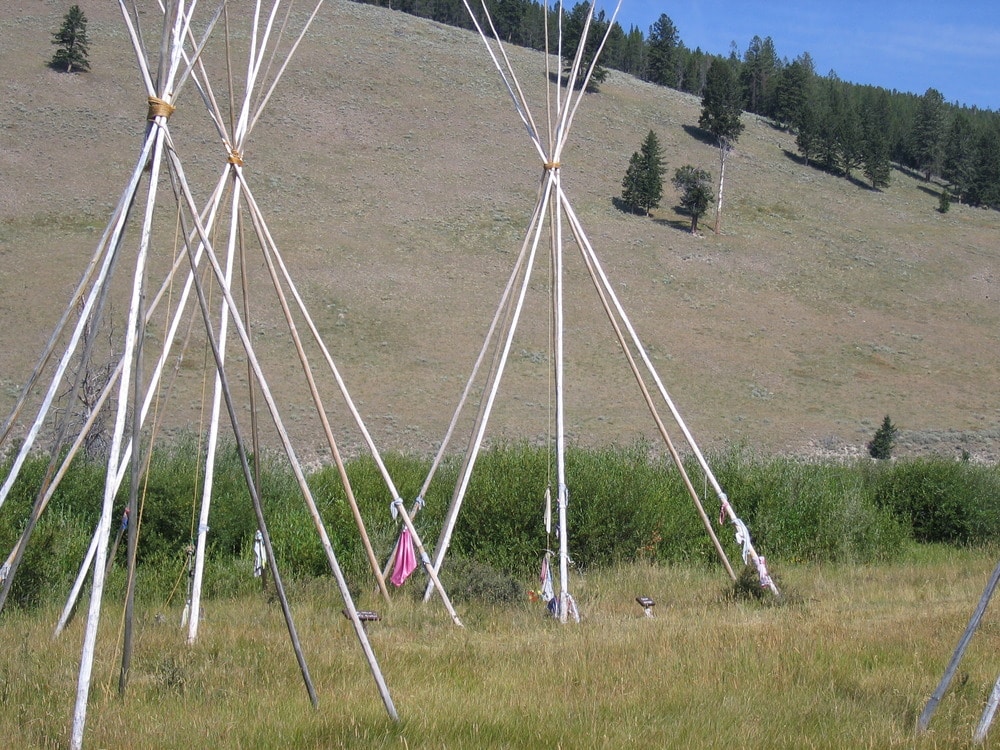
You Can Get Your Steps In Too
The trail takes approximately one hour to complete. Remember, however, you’re getting those steps in. When my son calls me that’s the first question he asks. “Dad, did you get your steps in?”
I thought I was smarter than him when I kept telling him that the weather in my neighborhood was too terrible to go walking. Then he and his two brothers conspired against me. They got me a treadmill. But I digress . . .
The Siege Area Trail is 1.2 miles round-trip and climbs about fifty feet in elevation. The trail takes approximately forty-five minutes to complete. Visitors can look at the rifle pits dug by the soldiers and see the monument dedicated to the Seventh U.S. Infantry soldiers.
The Howitzer Trail is a 0.8 mile spur trail off of the Siege Area trail that climbs 320 feet in elevation. It takes approximately 40 minutes to hike. Visitors will find a replica cannon at the site.
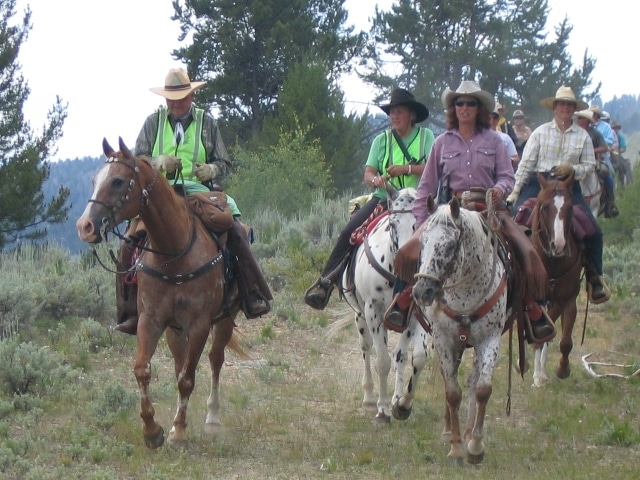
CHECK OUT: 10 BEST CIVIL WAR SITES IN AMERICA
4. Nez Perce National Historic Park
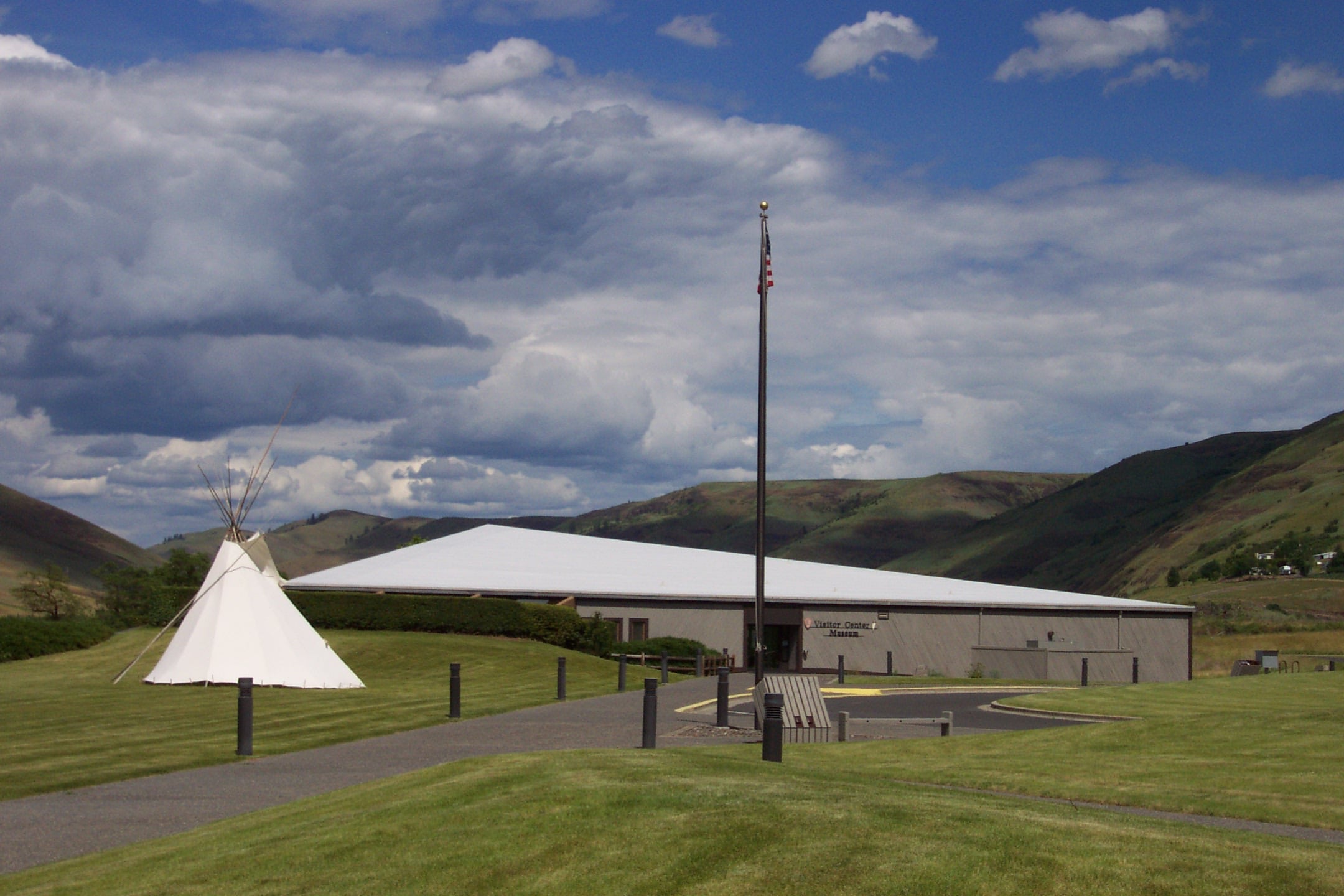
We’re on to our “Final Four” historic sites and we’re sticking with the Nez Perce too. At #4 on our list of the Best Historic Sites In Montana is the Nez Perce National Historic Park.
The Nez Perce National Historic Park is a protected area that preserves and interprets the history and culture of the Nez Perce Indian tribe.
The Nez Perce are a Native American people who have lived in the region for thousands of years and have a rich cultural heritage that is deeply connected to the land and its resources.
The park was established in 1965 to commemorate and preserve the history and culture of the Nez Perce people and to educate the public about their contributions to the region and to American history.
The park is made up of 38 separate sites located in four states, including Oregon, Washington, Idaho, and Montana, and it provides a comprehensive look at the history and culture of the Nez Perce people from pre-contact times to the present day.
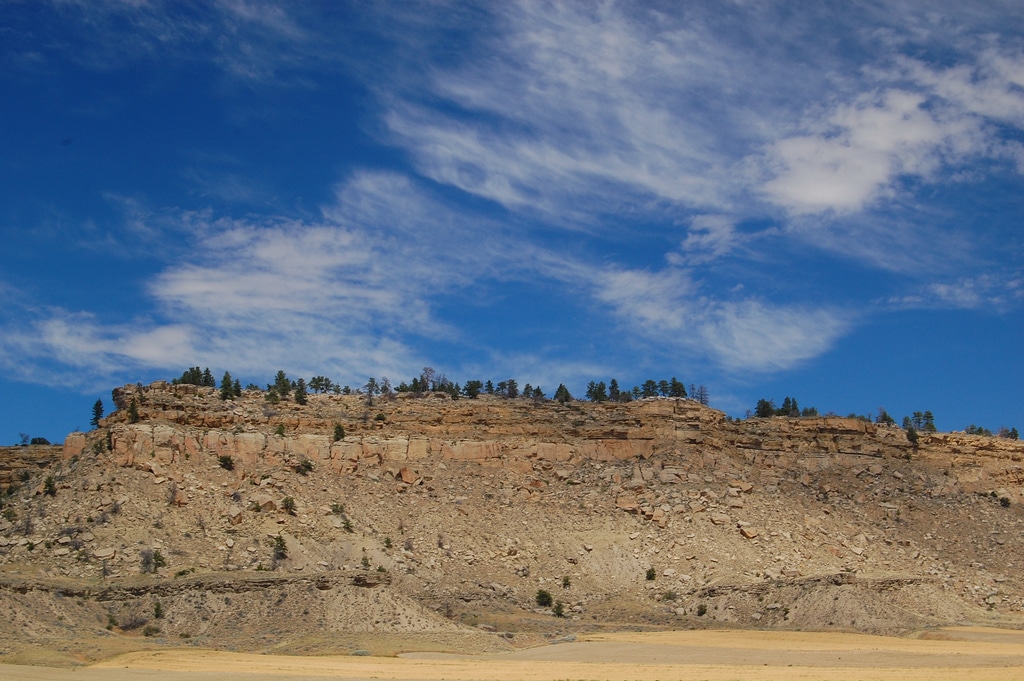
You Can Explore A Variety Of Sites
Visitors to the Nez Perce National Historic Park can explore a variety of sites, including historic homelands, fishing sites, hunting grounds, and other places that are important to the Nez Perce culture and history.
The park also offers a range of educational and interpretive programs, including ranger-led tours, exhibitions, and other events that help to bring the story of the Nez Perce to life.
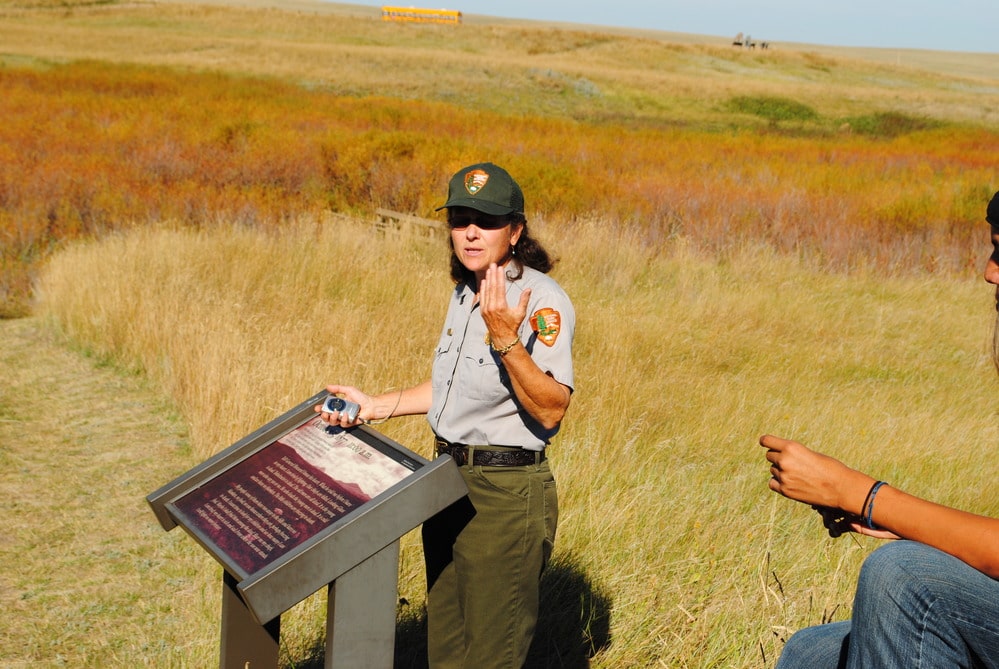
CHECK OUT: A Brief (& Informative) History Of America’s National Park Rangers
3. Yellowstone National Park
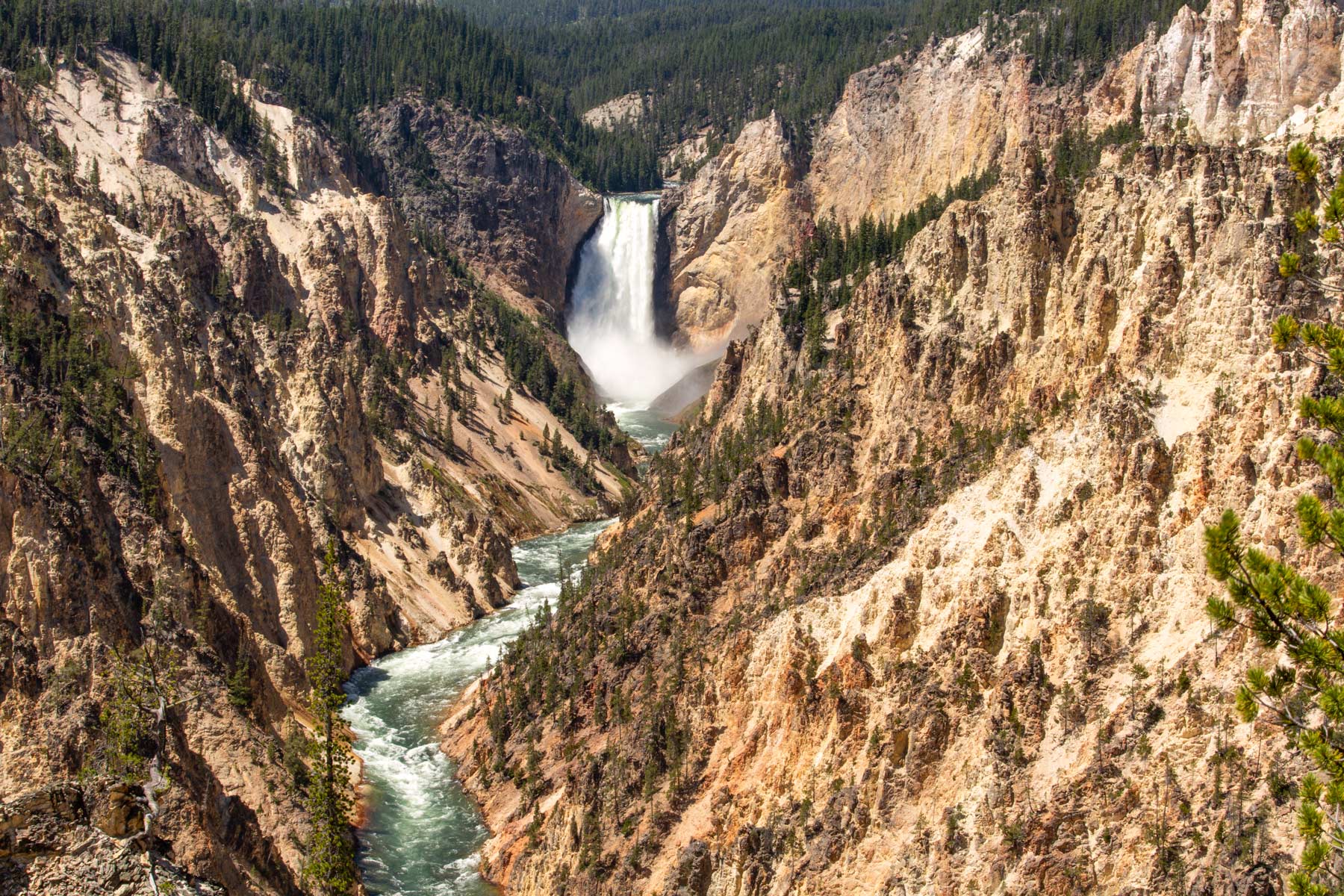
We’re on to the final 3 historic sites. Just We’re More Than Just Parks, however, that doesn’t mean that we’ve forgotten about them entirely.
At #3 on our list of the Best Historic Sites In Montana is America’s oldest national park – Yellowstone National Park.
Interesting Facts About Yellowstone
I have to warn you [early and often my wife tells me] that I am retired history teacher. I’m also fascinated by the history of places I encounter. I hope that you are too, but I’ll try to make this a short history lesson just to be on the safe side. And, no homework, I promise!
Before it became America’s first national park, people explored this fantastic place. They told tales of its magnificent beauty and amazing natural wonders. Few believed them however.
Then, in 1869, C.W. Cook saw some of Yellowstone’s incredible geysers with two traveling companions. Cook was so moved by his experience that he submitted an article to Lippincott’s magazine.
He received a curt reply from them which read as follows: “Thank-you, but we do not print fiction.” Aren’t publishers wonderful.
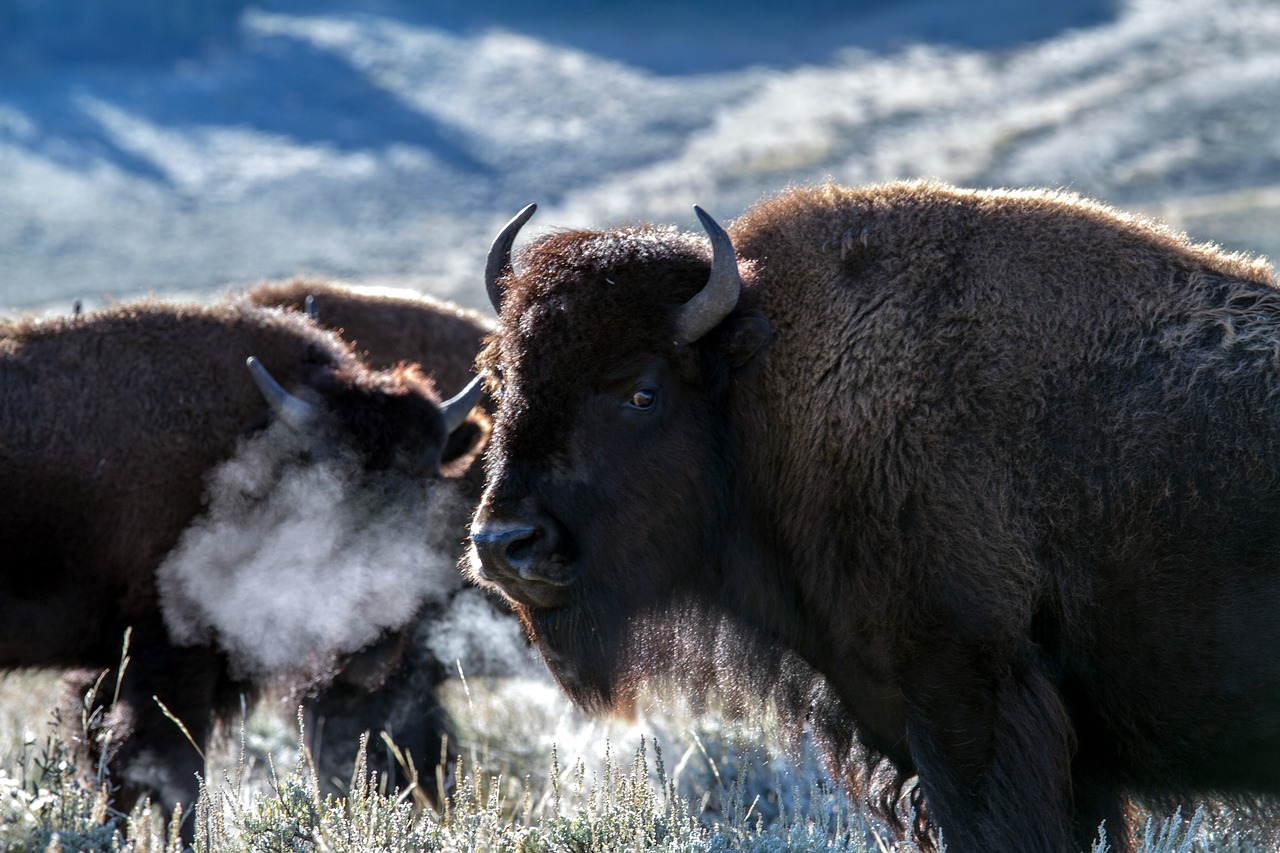
Old Faithful | Yellowstone National Park
It was left to the Washburn Party, led by Henry Washburn and Nathaniel Pitt Langford, to convince a skeptical public that this place was as magnificent as people were describing it.
Members of the party made detailed maps and observations of the region, explored numerous lakes, climbed mountains, and observed an incredible array of wildlife.
The Washburn Party traveled to the Upper and Lower Geyser Basins. They were so fascinated by the regular eruptions of one geyser in particular that they decided to name it Old Faithful. And, needless to stay, the name stuck.
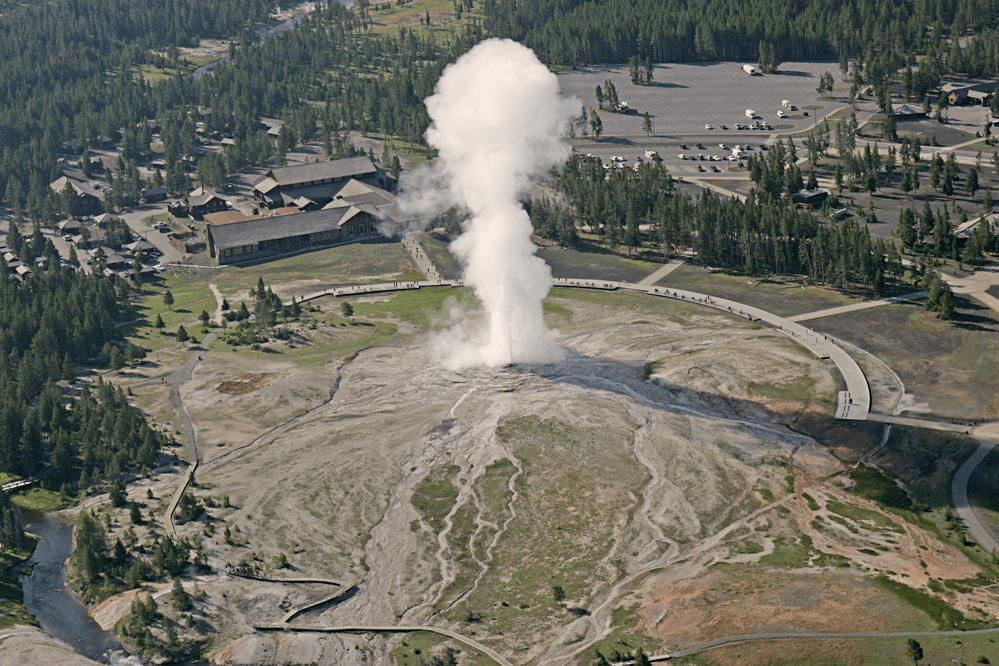
CHECK OUT: 18 (FASCINATING) Yellowstone National Park Facts You Probably Didn’t Realize
The Official Report Of The Washburn Party
The official report of the Washburn Party was written by Lieutenant Gustavus C. Doane. He described, day by day, what the party saw in Yellowstone.
As Freeman Tilden writes, “He [Doane] climbed the peak now known as Mount Washburn on a day when the pure air of the country revealed everything with crystal clarity.
He saw the snowy summits above the Gallatin Valley, and from them traced almost an unbroken circle of mountains, of which he thought the Tetons were a part.” (Source: The National Parks, Freeman Tilden)
Doane’s report authenticated earlier descriptions of Yellowstone. A skeptical public finally began to believe these fantastic tales of this wilderness wonderland.
Wouldn’t it have been incredible to have been there? Of course, you can travel there now and the amenities are much better.
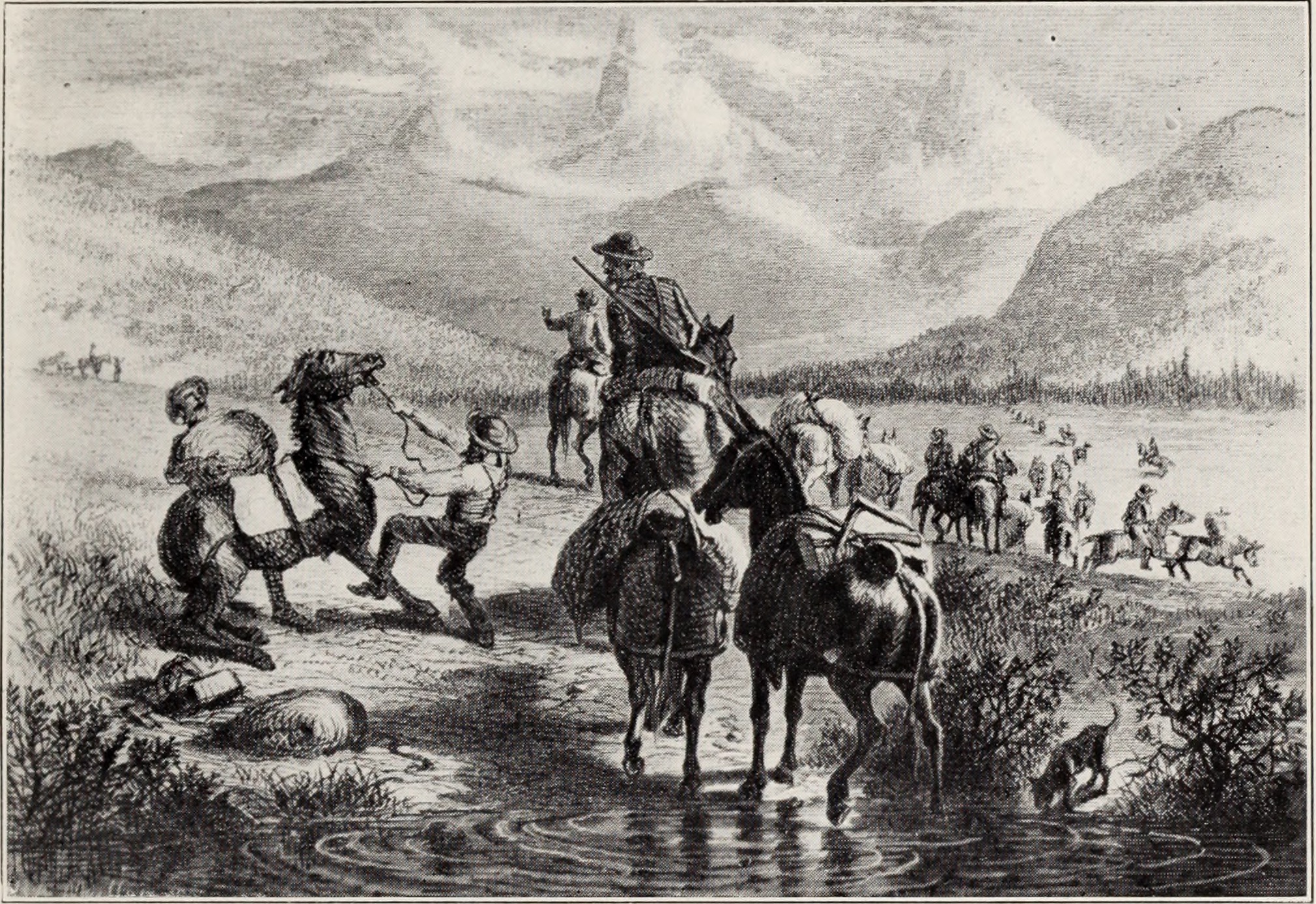
RELATED: 15 BEST Things To Do In Yellowstone National Park
Ten Things To Do While In Yellowstone
10. Go Camping-There are many campsites inside the park though you should check availability before you arrive.
9. Go Fishing-Try the trout waters north, south and west of Cody. They’re filled with native brown trout, rainbow trout and brook trout.
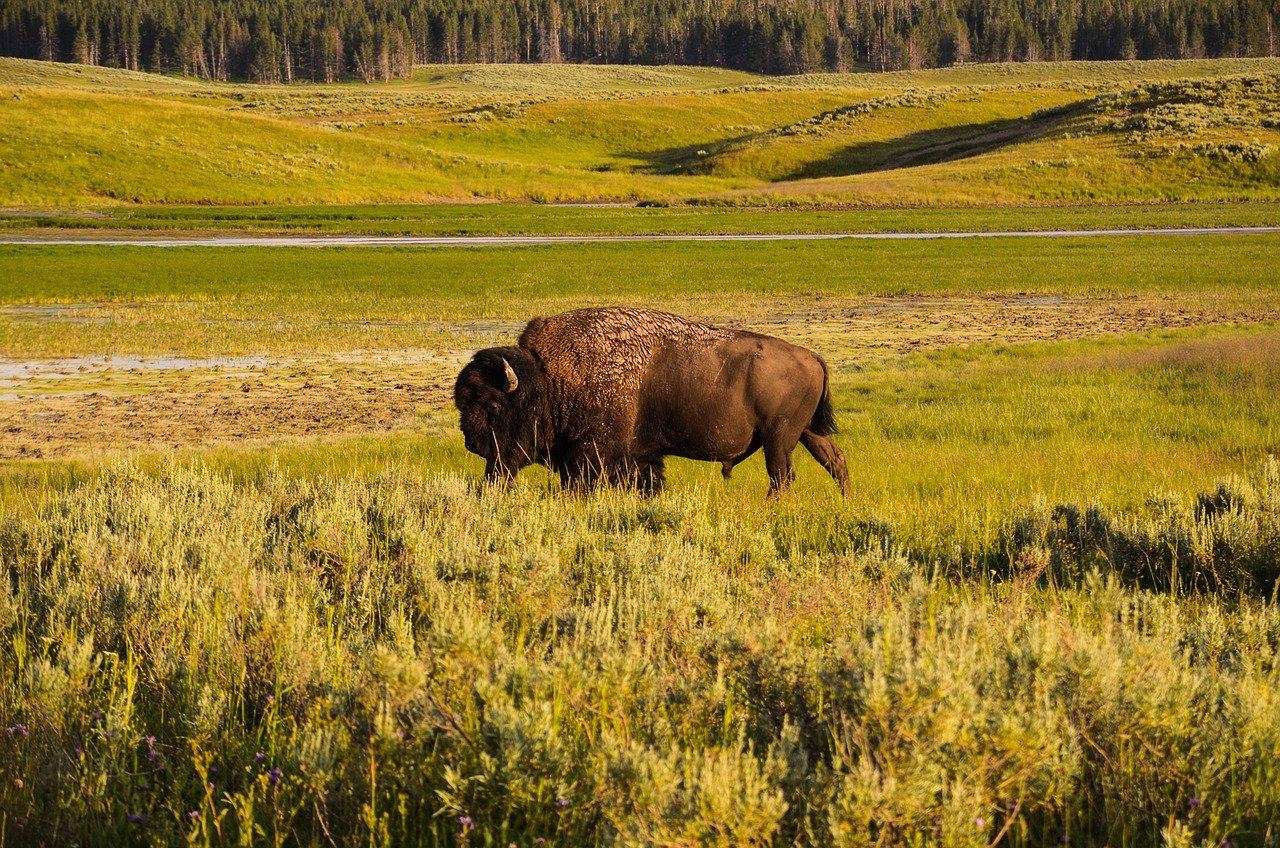
8. Check Out The Local Culture-See the Plains Indian Museum or visit one of five museums at the Buffalo Bill Center of the West.
7. Explore The Rocks & Fossils-Inside Yellowstone you will find basalt columns formed by lava and a petrified forest.
6. Go Rafting-Raft down one of the nearby rivers or check out the information on rafting trips which is available at the park entrances.
For a complete list, check out our article on all of the Best Things to Do in Yellowstone National Park
Top 5 Things to Do at Yellowstone
5. Take A Hike-There’s a 1,300 mile trail system. Some of the most popular hikes are Bunsen Peak, Fairy Falls and Uncle Tom’s Trail.
4. Visit The Grand Canyon Of The Yellowstone-This incredible place includes three glorious waterfalls. The overlook of the lower falls offers a breathtaking view.
3. See The Incredible Wildlife-Yellowstone is home to more wild animals than anyone else in America. There are are Bears, Wolves, Moose, Elk, Bison, Badgers, Otters, Fox and so much more to see inside the park.
2. See The Geysers Erupt– What would a visit to Yellowstone be without a trip to the Old Faithful Geyser. You don’t have to stop there, however, as Yellowstone is home to the most active geyser field in the world.
1. Sit Back, Relax & Soak It All In-After all, you’re on vacation. You can do as little or as much as you want. I tend to lean towards the as little side, but we’re all different.
2. Little Bighorn National Monument
We’re on to the final 2 historic sites. In the runner-up spot at #2 is an iconic site which honors all who participated in the 1876 battle at which Lakota and Cheyenne warriors who defeated the 7th U.S. Cavalry in one of the most famous and decisive encounters in American history.
George Armstrong Custer. Where do we begin? So much has been said, so much has been written and so much has been researched about his final Battle at the Little Bighorn.
While we know what happened on that fateful day there’s always more to learn about why.
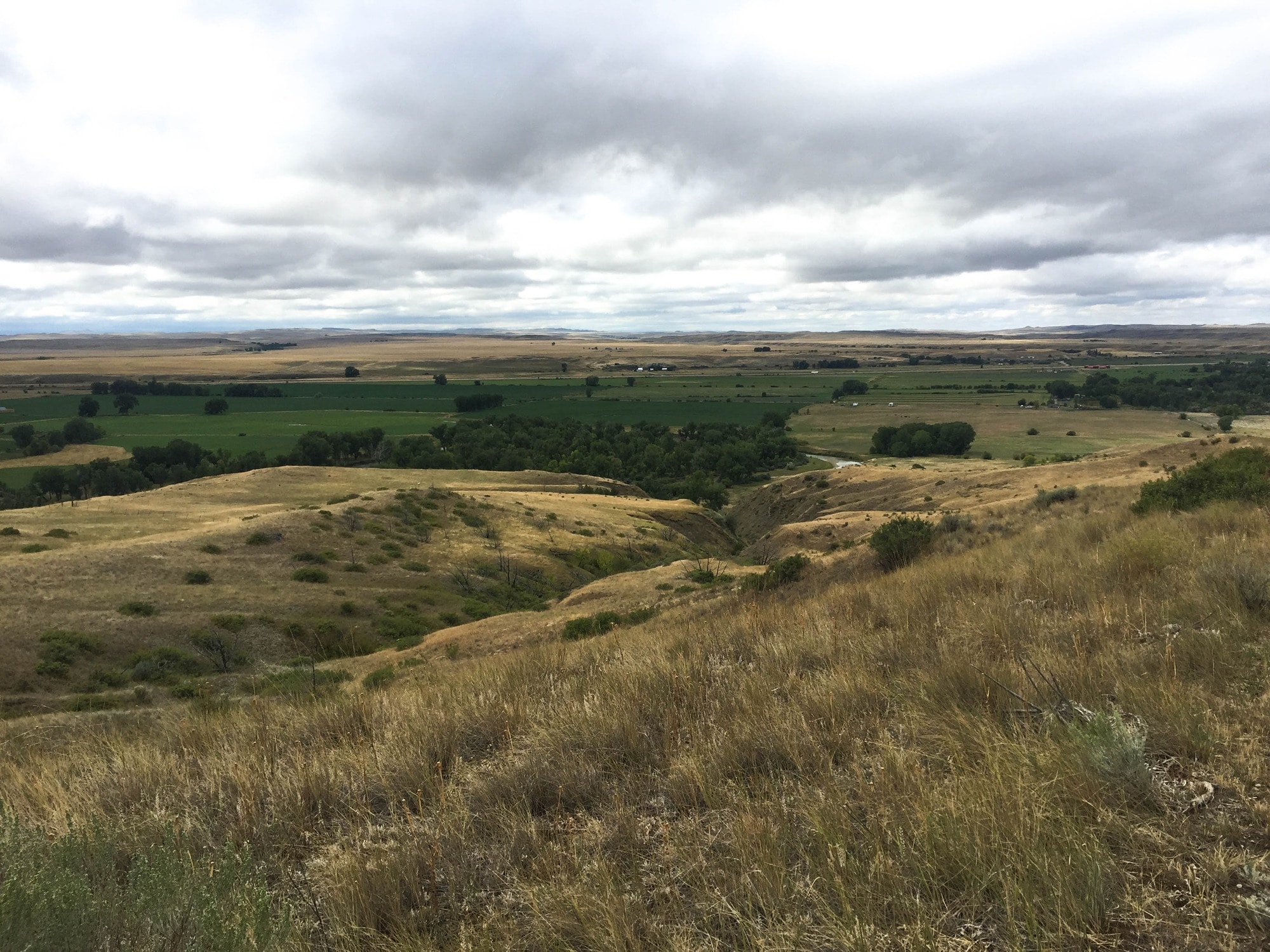
“Under skies darkened by smoke, gunfire and flying arrows, 210 men of the U.S. Army’s 7th Cavalry Unit led by Lt. Colonel George Custer confronted thousands of Lakota Sioux and Northern Cheyenne warriors on June 25, 1876, near the Little Big Horn River in present-day Montana.
-Annette McDermott, What Really Happened At The Little Bighorn
The engagement was one in a series of battles and negotiations between Plains Indians and U.S. forces over control of Western territory, collectively known as the Sioux Wars.
In less than an hour, the Sioux and Cheyenne had won the Battle of the Little Bighorn, killing Custer and every one of his men. The battle has been ennobled as “Custer’s Last Stand”—but in truth, Custer and his men never stood a fighting chance.”
The Aftermath Of The Battle Of The Little Bighorn
The Battle of the Little Bighorn, also called Custer’s Last Stand, marked the most decisive Native American victory and the worst U.S. Army defeat in the long Plains Indian War.
The demise of Custer and his men outraged many white Americans and confirmed their image of Native Americans as wild and bloodthirsty.
Despite their overwhelming victory, the Battle of Little Bighorn had severe consequences for the Sioux nations and Plains Indians.
Prior to the battle, the American public generally agreed with the government’s policy of trying to negotiate peacefully with these Native Americans.
However, once the news spread that 200 U.S. soldiers had been murdered by the Sioux, public opinion quickly turned against them.
The U.S. Army dispatched more troops. Their mission was to seek them out and “deal” with them.
The Lakota hunting grounds were invaded by powerful Army expeditionary forces determined to conquer the Northern Plains Indians. Most of the declared “hostiles” had surrendered within one year of the fight.
The Black Hills were taken by the U.S. government without any compensation.
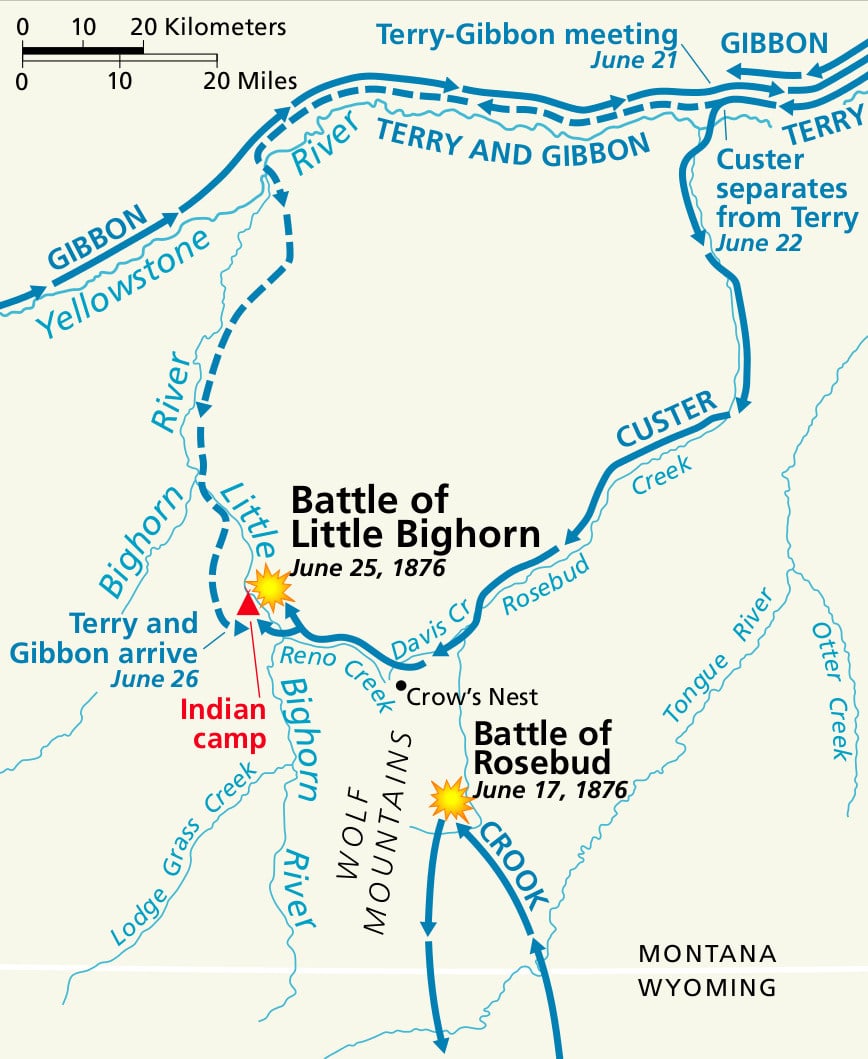
Take A Deeper Dive
To learn more about this important event in American history, I recommend: The Last Stand: Custer, Sitting Bull, and the Battle of the Little Bighorn by Nathaniel Philbrick.
If you’re particularly interested in military strategy and tactics then you also might wish to pick up a copy of The Strategy of Defeat at the Little Big Horn: A Military and Timing Analysis of the Battle by Frederick Wagner, III.
Things To Do At Little Bighorn Battlefield National Monument
I recommend beginning at the Little Bighorn Visitors Center. There’s a wonderful 25 minute orientation video for visitors unfamiliar with the history leading up to the battle. There are also some fascinating exhibits there which illustrate the events surrounding the Little Bighorn.
From there you can take a self-guided tour of the Indian Memorial, Custer’s Last Stand and walk through the Deep Ravine Trail which is a .25 mile self-guided walking tour. You can also walk through the national cemetery.
If you have additional time then I recommend driving the 4.5 mile tour road to the Reno-Benteen Battlefield, the second stage of the Battle of the Little Bighorn.
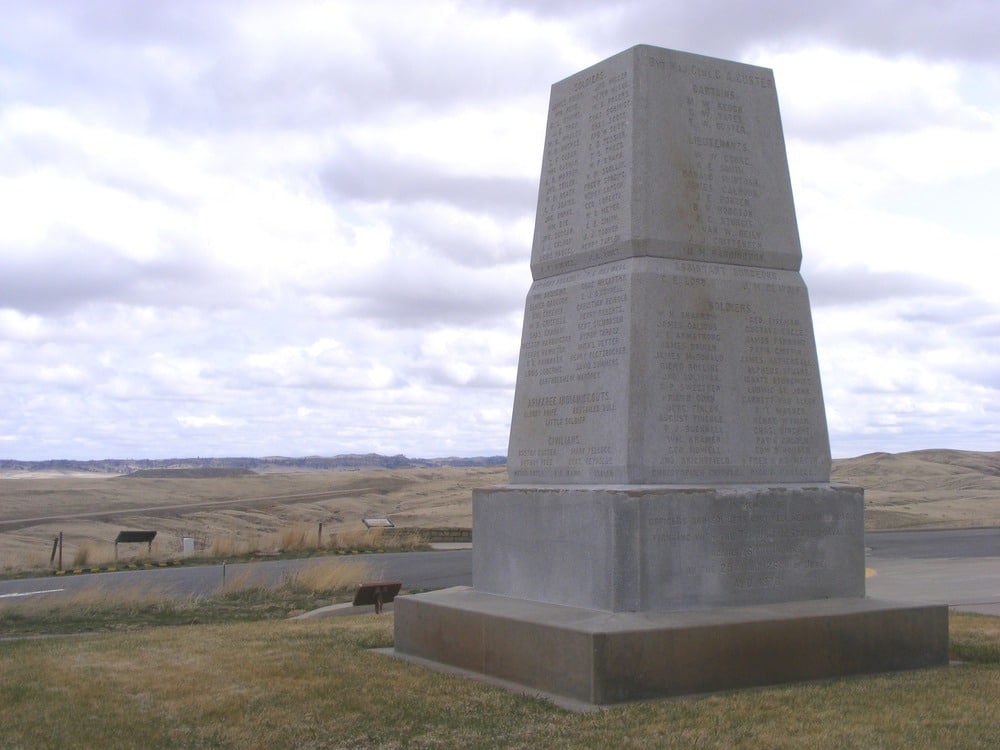
1. Glacier National Park
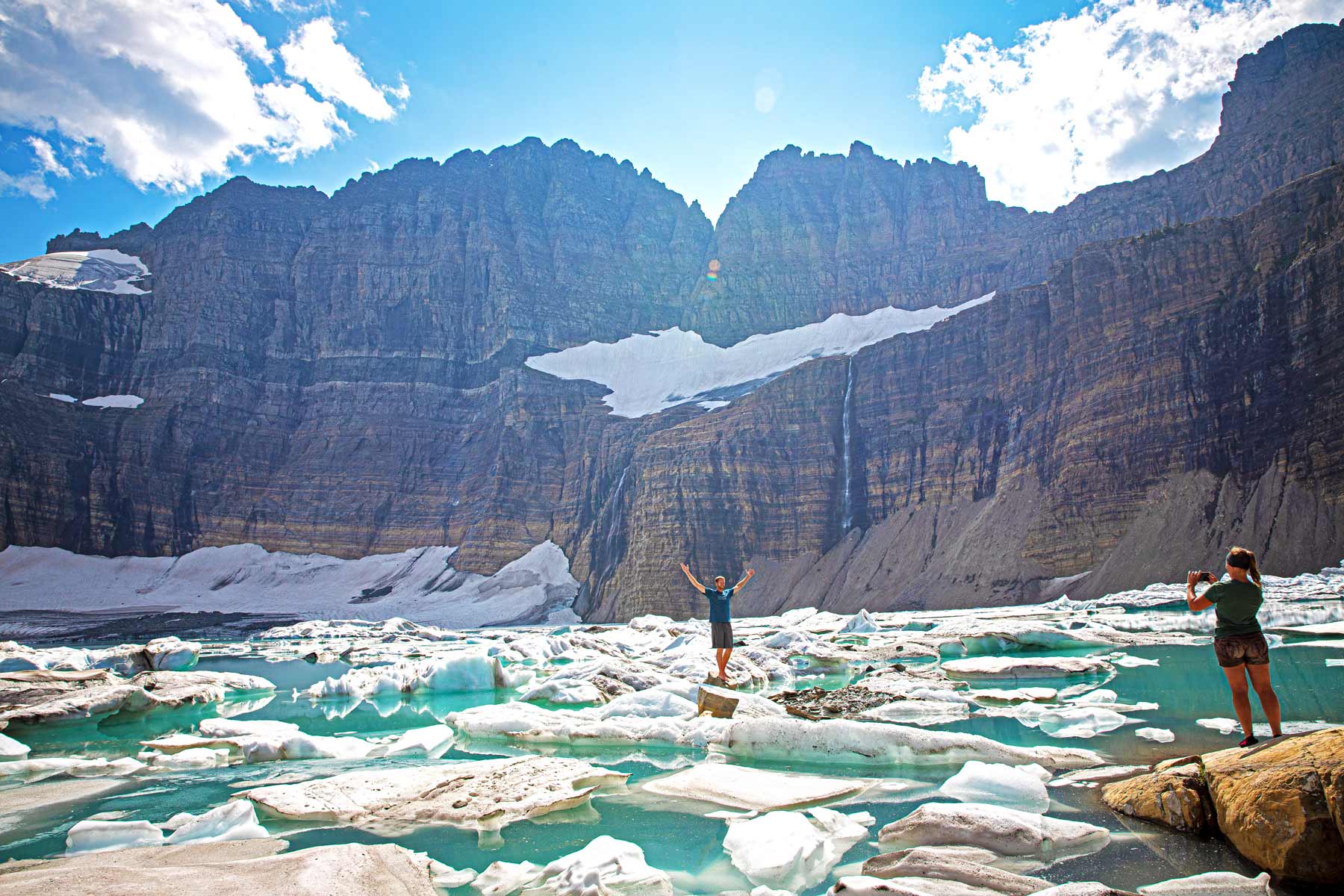
For our #1 Historic Site In Montana, More Than Just Parks has selected Glacier National Park.
About Glacier National Park
Before we get to all of the wonderful things that you can do at Glacier, let’s begin with a short history lesson. Don’t roll your eyes. I promise it will be short and remember I don’t give any homework. After all I’m retired. And grading homework was never that much fun anyway.
As for Glacier, it officially became a national park in 1910. Fast forward to 2019 [I told you the lesson would be brief] and Glacier National Park is the 10th most visited park, making this one of the most popular national parks to visit in the United States.
Now if you want to learn more about the man who has a glacier, a lake and a mountain named after him at Glacier National Park then check out the article below.
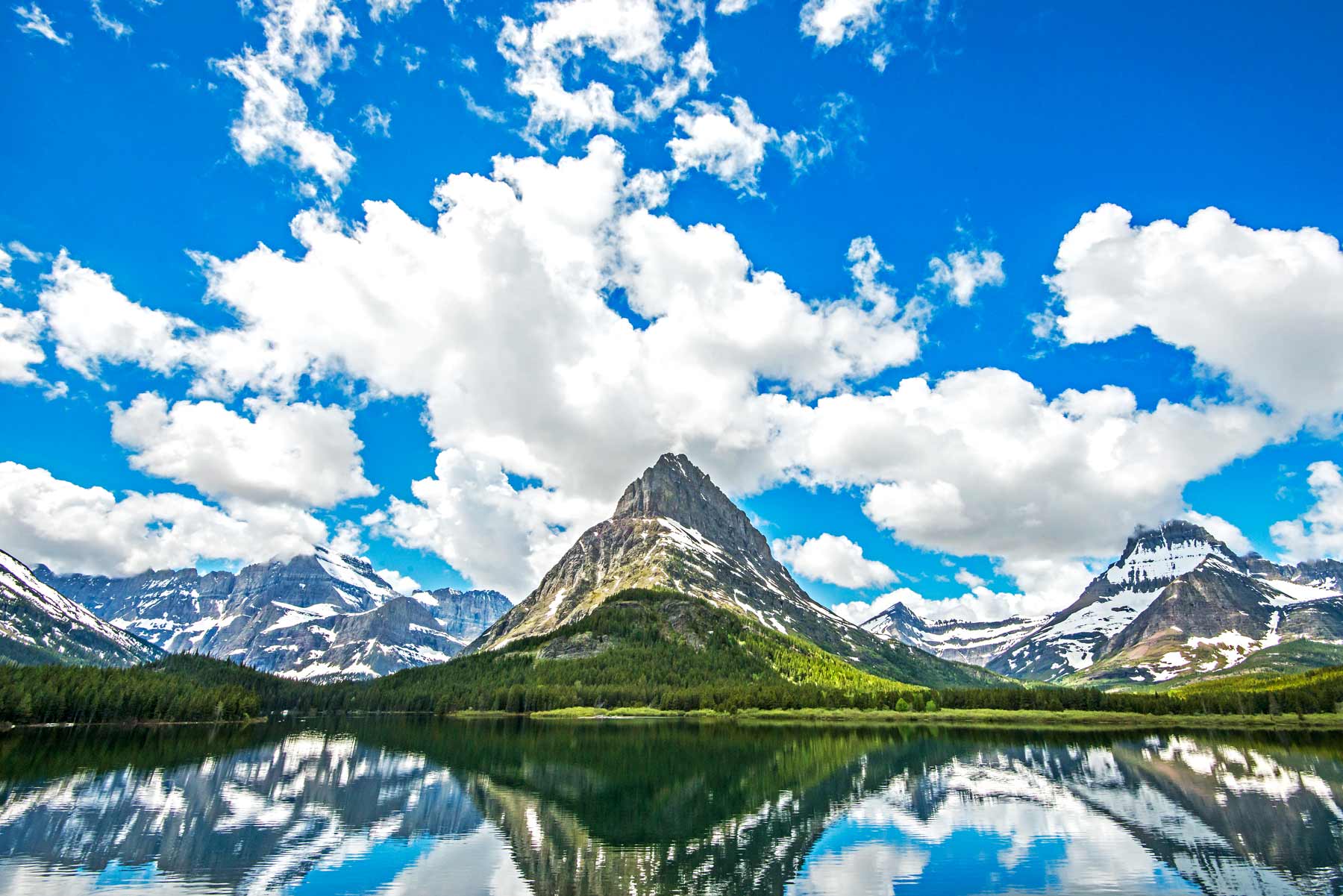
Looking for things to do in Glacier National Park on your next trip? Check out our article: 15 EPIC Things to Do in GLACIER National Park (Photos + Map)
Things To Do At Glacier National Park
With over a million acres to explore, there’s no shortage of things to do at Glacier. The park has over 700 miles of hiking trails. A great place to get familiar with the place is the 50 mile Going-to-the-Sun Road which is he main thoroughfare for many park explorations.
In addition to hiking, there’s boating, fishing, stargazing, bicycling, and taking guided excursions such as the park’s iconic Red Bus Tours. There’s also a shuttle service that will take you through the park.
There’s so much to do that your toughest job will be deciding which great activity to partake in. Now isn’t that a fun problem to have!
If it’s wildlife watching that you love, common sighting include marmots, mountain goats, and bighorn sheep, as well as the occasional grizzly and black bear.
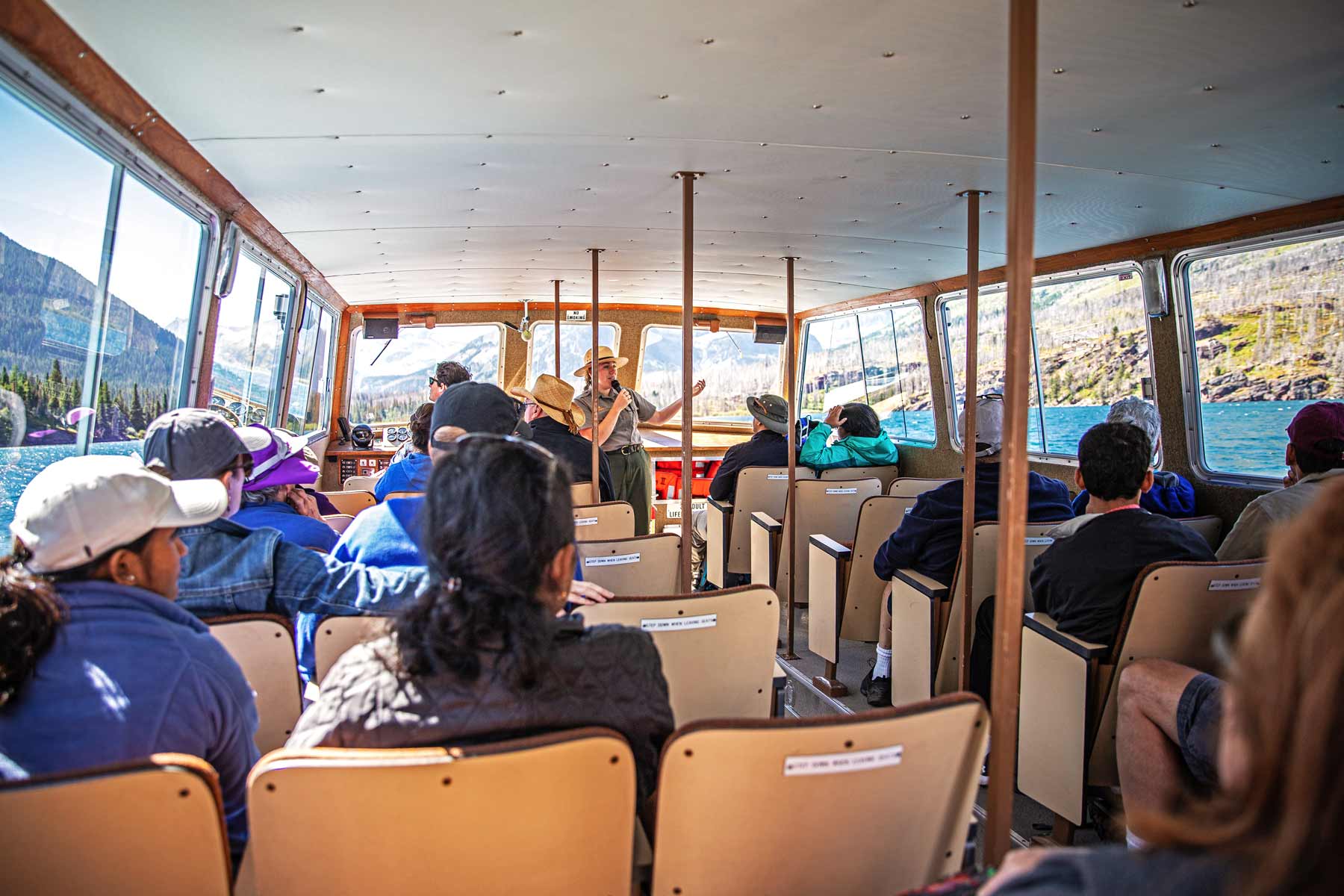
Places You’ll Want To See While At Glacier
Remember that old Beatles song (you may or may not depending on your age). It starts out, “There are places I remember . . .” Well, I’m going to give you a list of places I believe you’ll remember too.
Lake McDonald is the largest lake in the park at approximately 10 miles long. It has incredibly clear water, colorful rocks, and the mountains that make it for a perfect sunset or sunrise.
Avalanche Gorge and Avalanche Lake are definitely worth seeing. Given the surrounding scenic beauty, they’re among the most popular trails in the park.
Trail of the Cedars is a short loop hike – less than a mile – that begins and ends on the Going-to-the-Sun Road. It features a raised boardwalk that passes through a fragrant, old-growth red cedar forest, but the highlight is at the midway point.
Hidden Lake is another great place to visit especially at night as you’ll be treated to a spectacular star show.
If you’re planning to make the hike you’ll have a couple of options. Choose the one that makes the most sense for you given your level of experience.
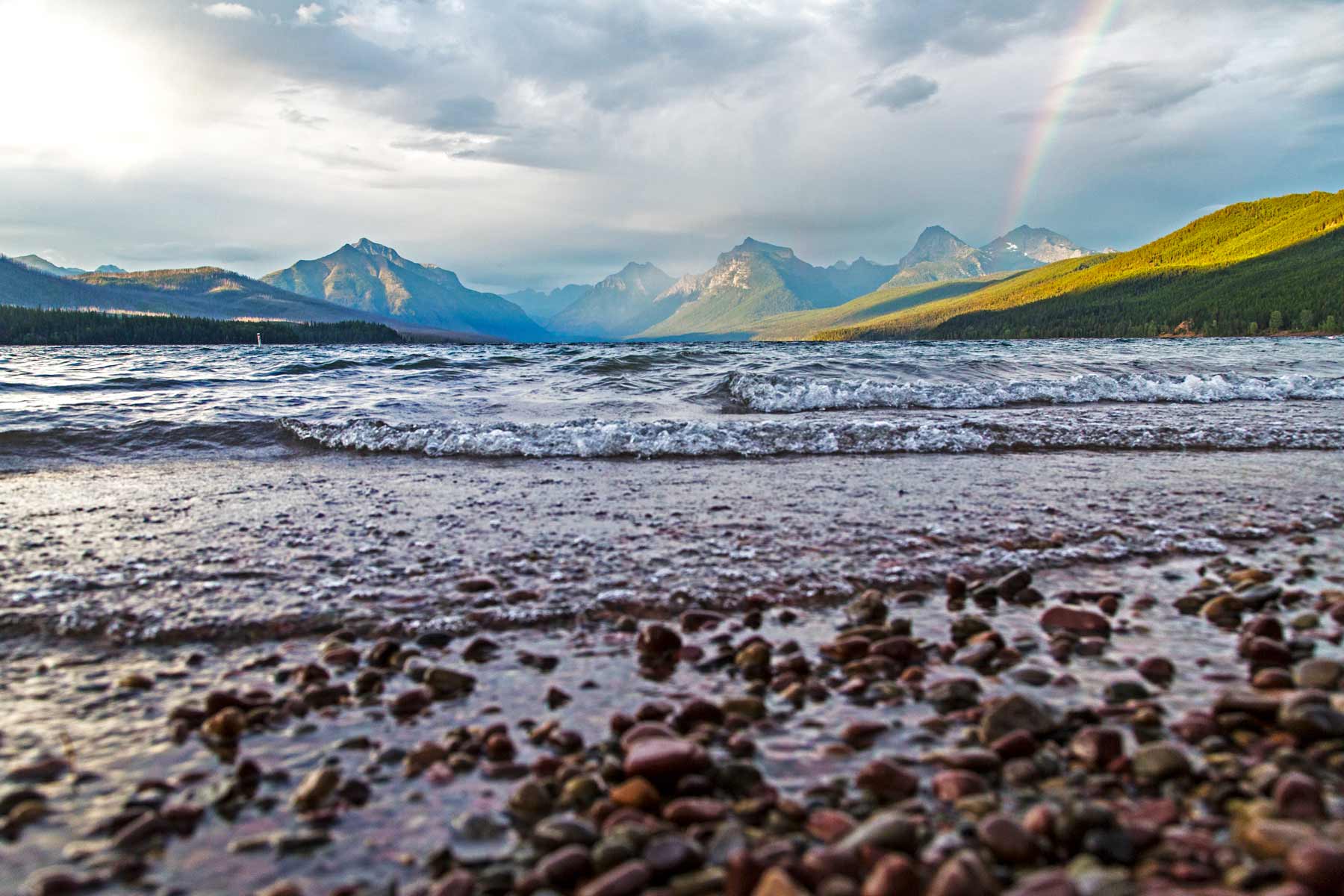
List Of Historic Sites In Montana
- Glacier National Park
- Little Bighorn National Monument
- Yellowstone National Park
- Nez Perce National Historic Park
- Big Hole National Battlefield
- Bannock Ghost Town
- Fort Union Trading Post National Historic Site
- Grant-Kohrs Ranch National Historic Site
- Ice Age Floods National Geologic Trail
- Lewis & Clark National Historic Trail
- Pictograph Cave State Park
- Virginia City Historic District
- Pompey’s Pillar National Monument
- Fort Benton Historic District
- Great Northern Railway Buildings
Why Trust Us About Historic Sites In Montana?
We’re Jim Pattiz and Will Pattiz, collectively known as the Pattiz Brothers and we absolutely LOVE the national parks.
You should probably know that we don’t just make this stuff up out of thin air. We’ve spent our entire adult lives exploring and filming America’s national parks and public lands.
We’ve worked with the National Park Service, the Department of Interior, USDA, U.S. Forest Service, and more for years creating films on important places and issues. Our work has been featured in leading publications all over the world and even some people outside of our immediate family call us experts on the national parks.
And, in 2018, our father – having spent a lifetime teaching history – joined us so that he could help us to tell the stories behind these amazing places.
Meet The Parks Brothers
We Hope You’ll Follow Our Journey

Our goal here at More Than Just Parks is to share the beauty of America’s national parks and public lands through stunning short films in an effort to get Americans and the world to see the true value in land conservation.
We hope you’ll follow our journey through the parks and help us to keep them the incredible places that they are. If you’re interested in joining the adventure then please sign up below!
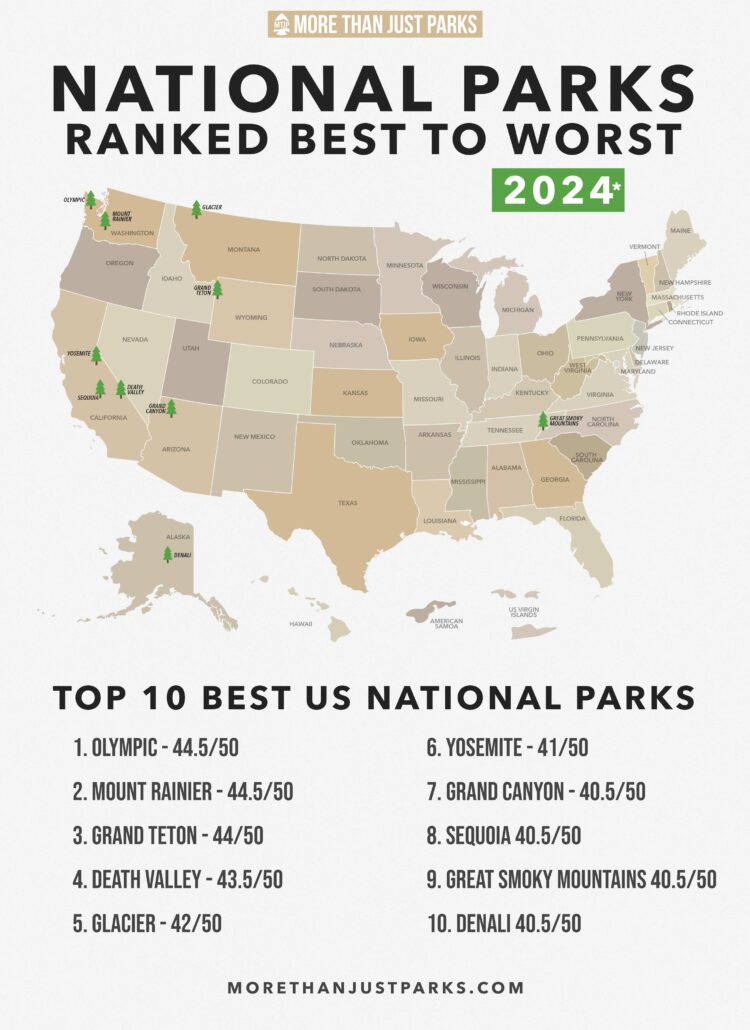
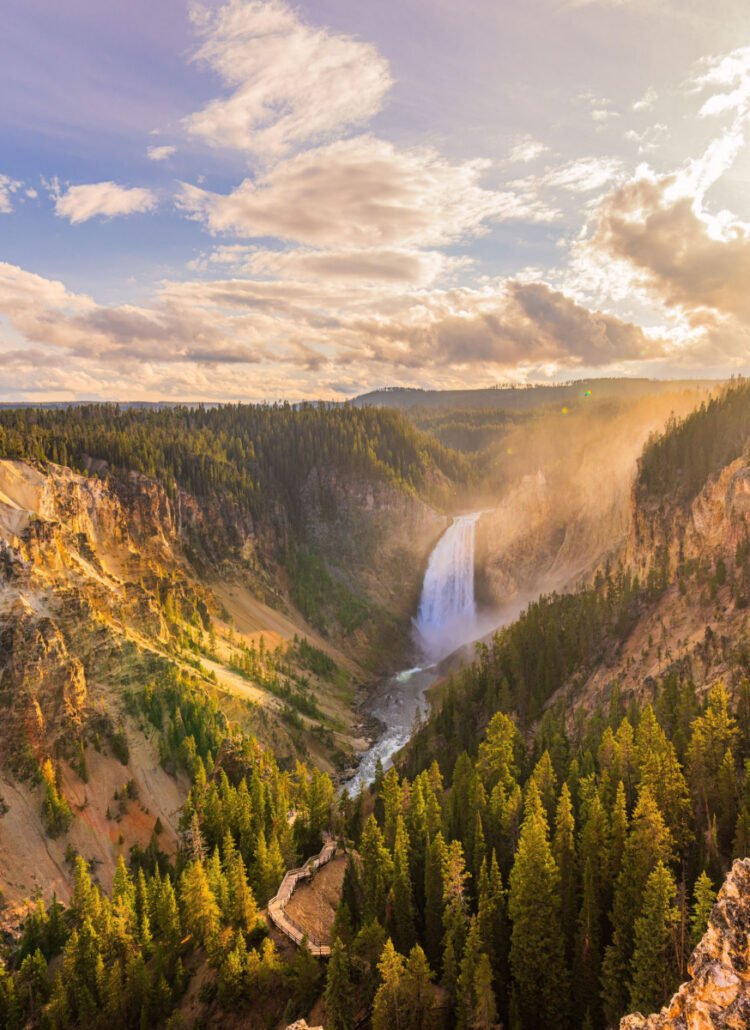
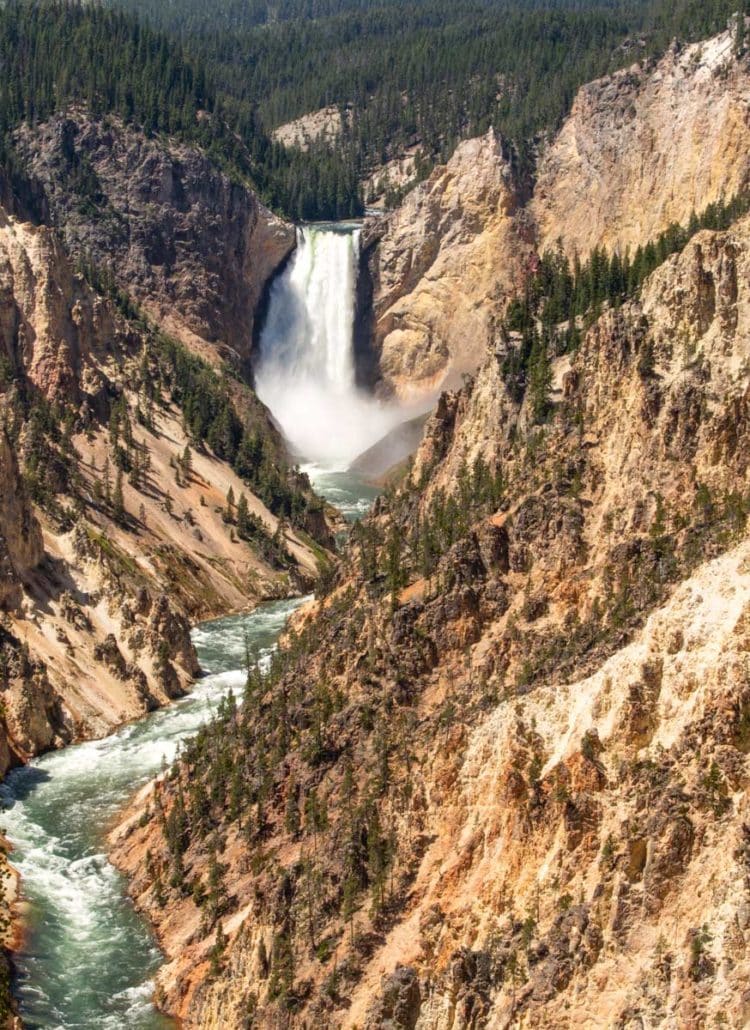
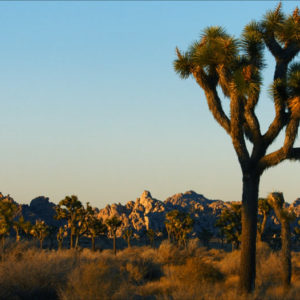

Leave a Reply